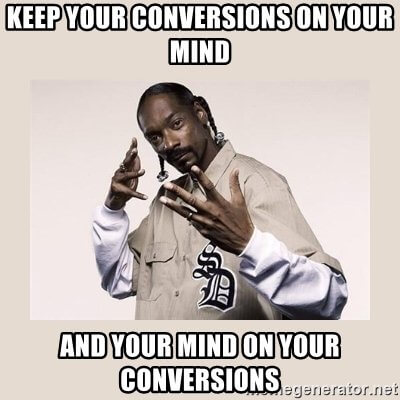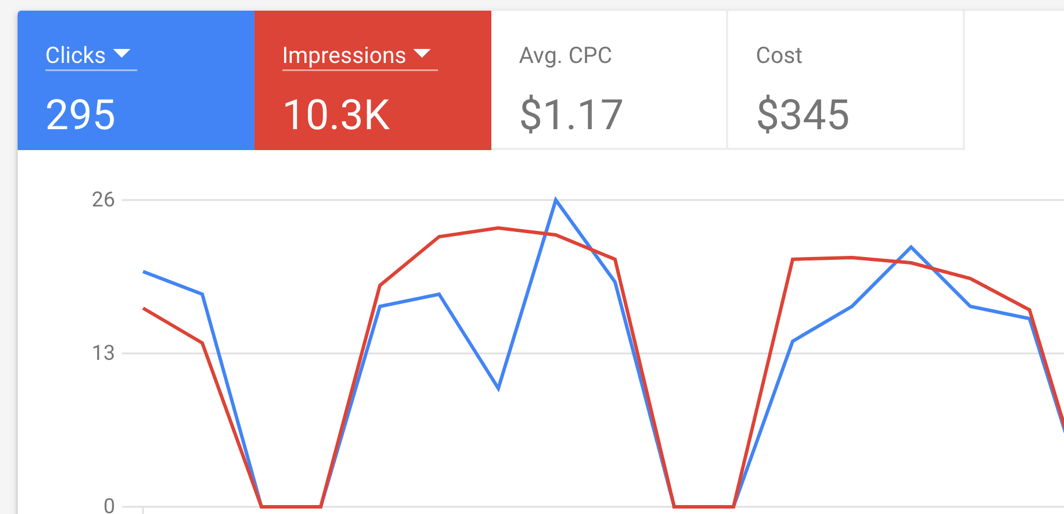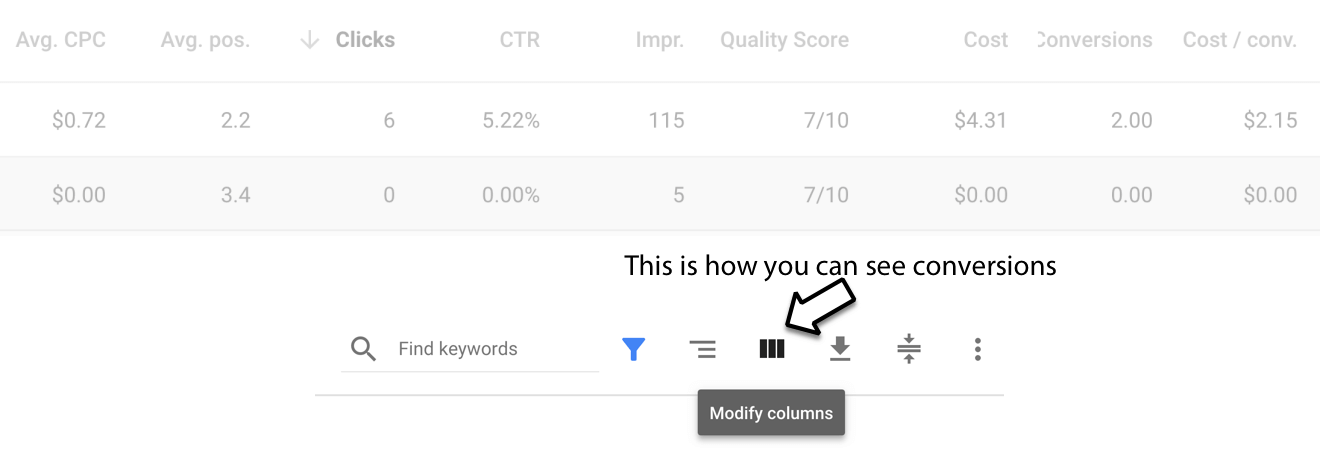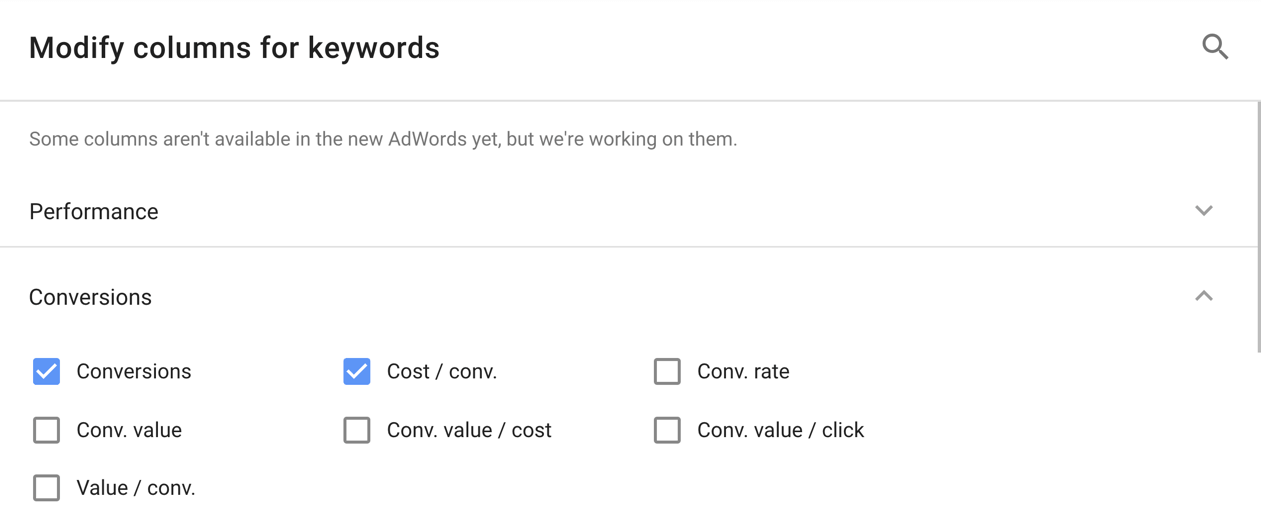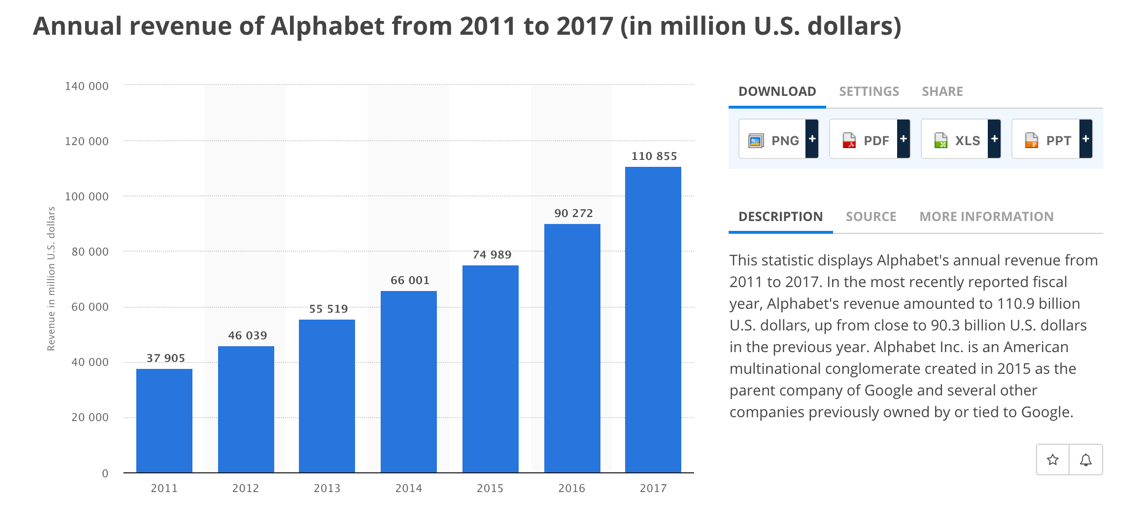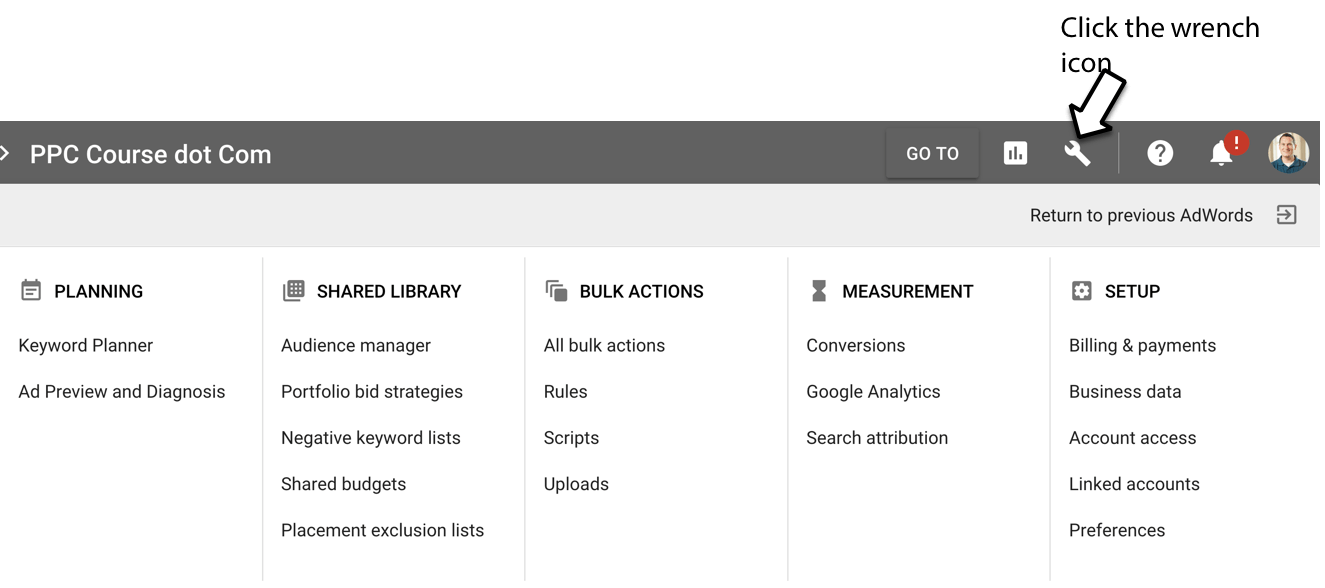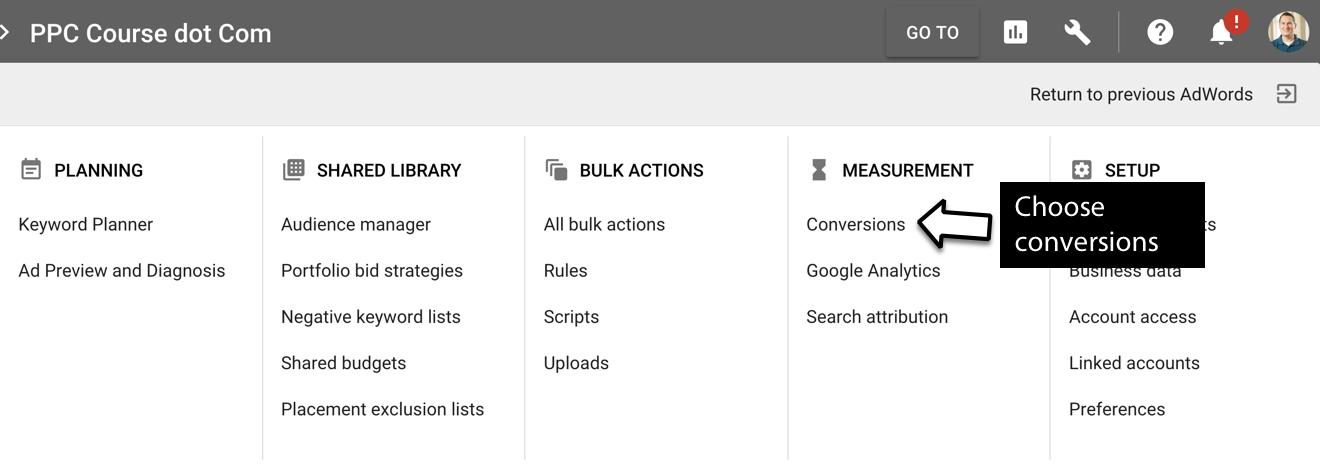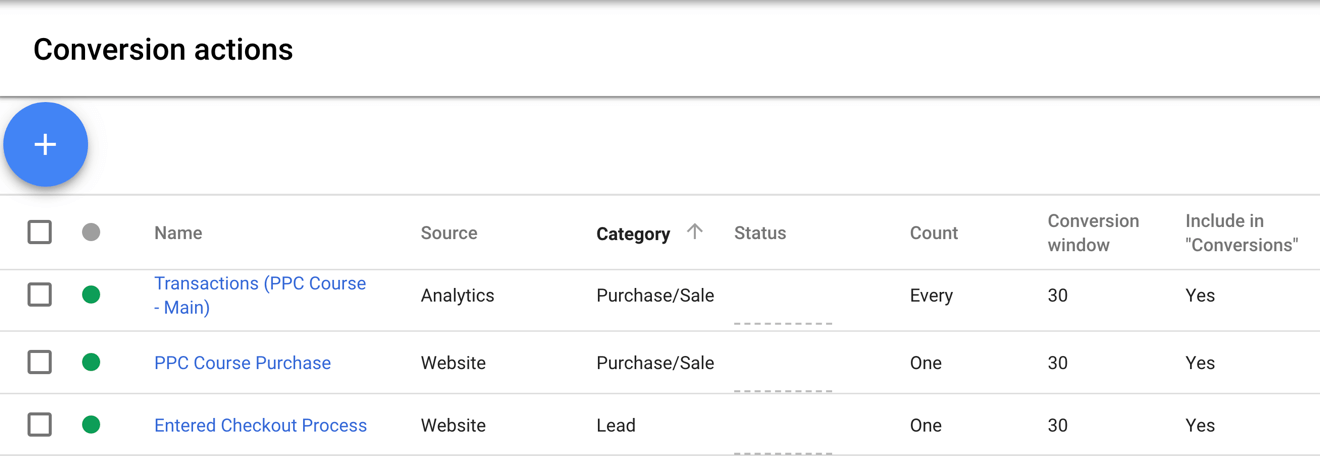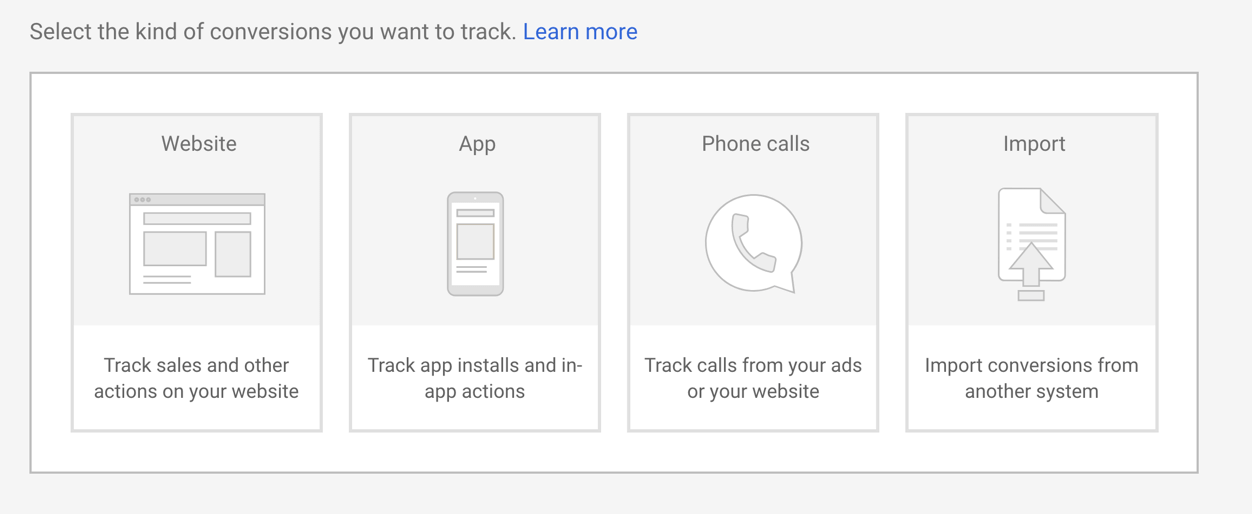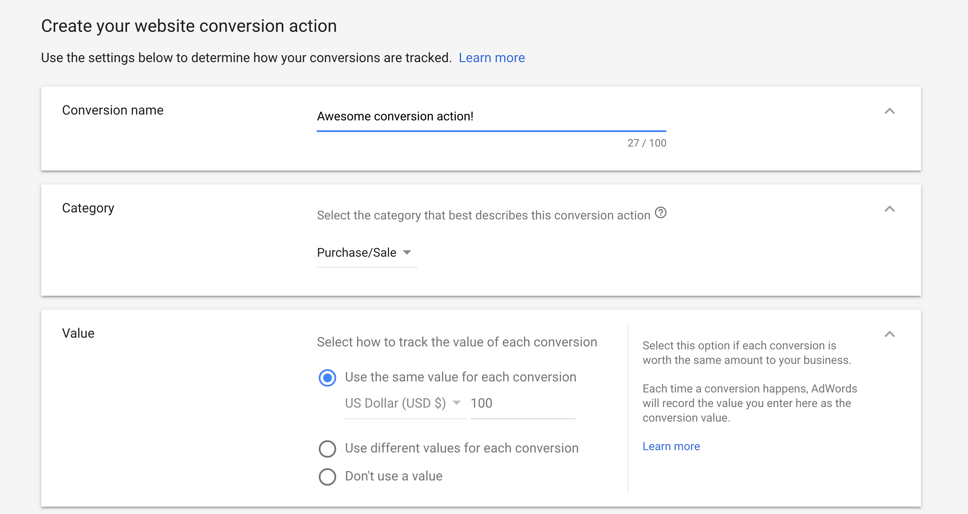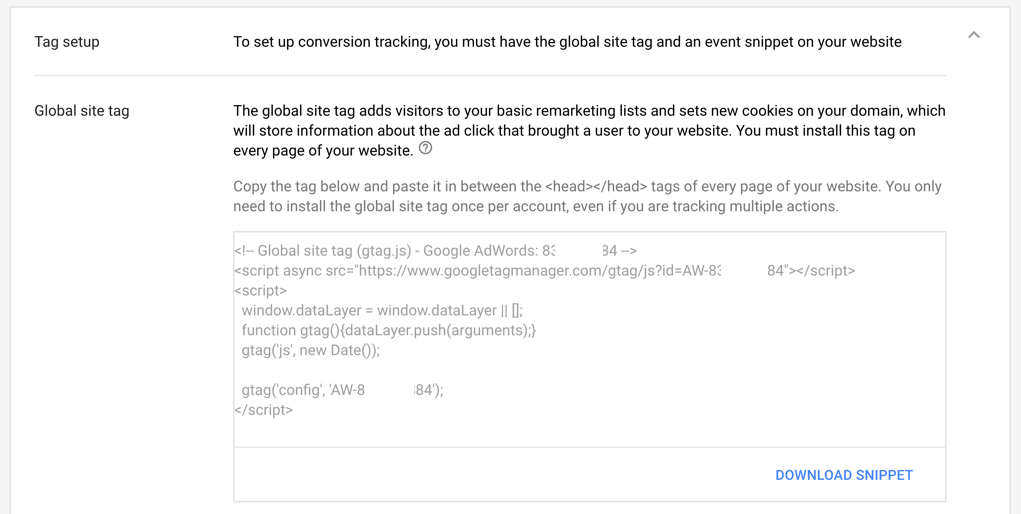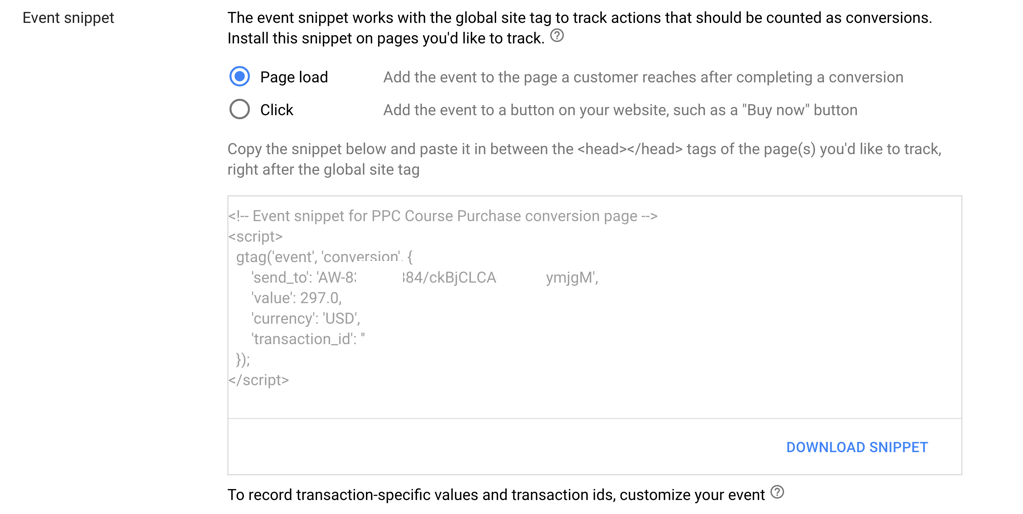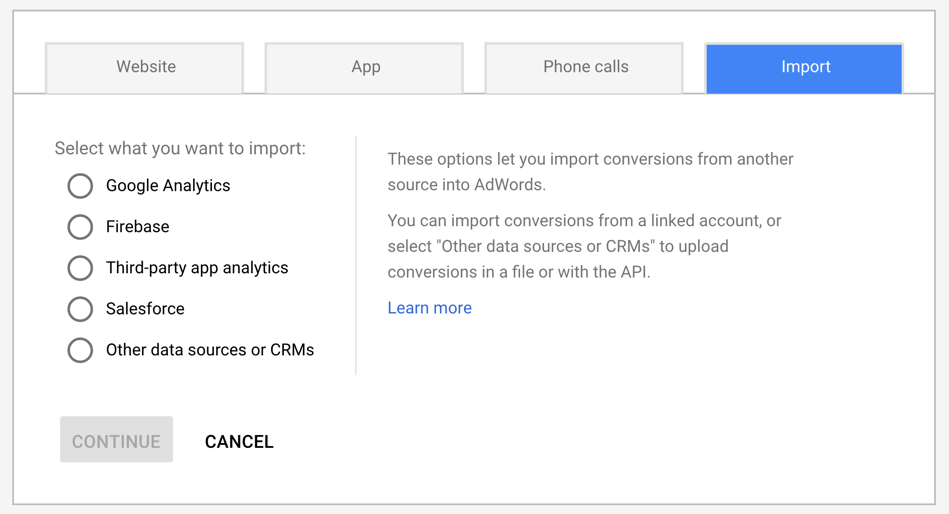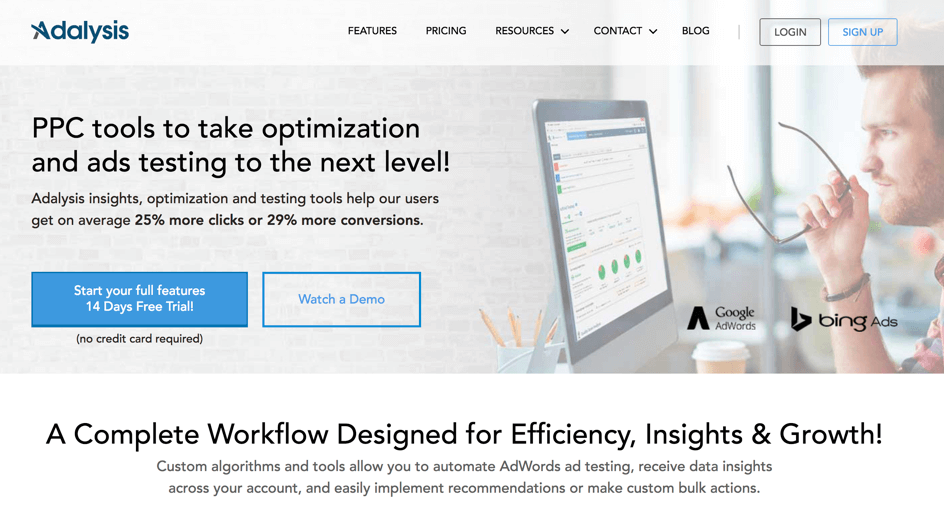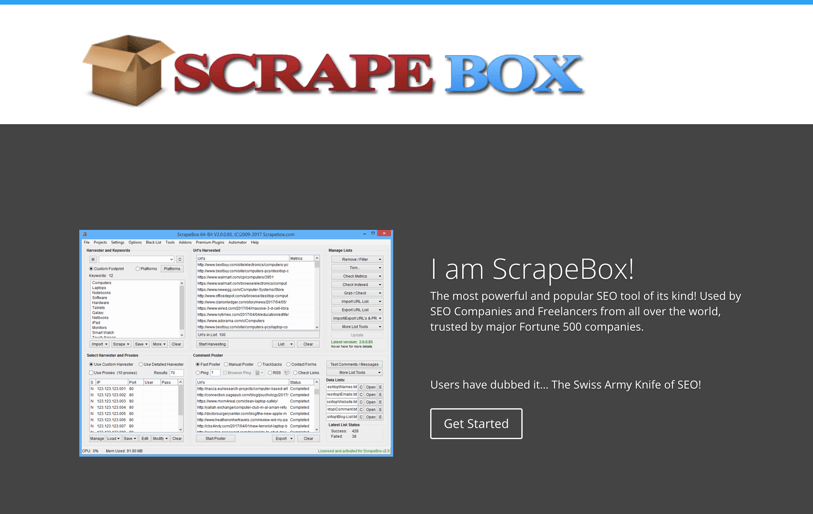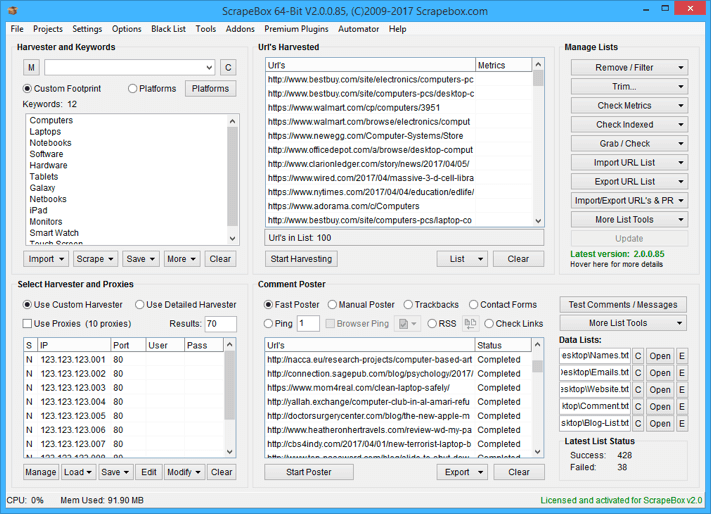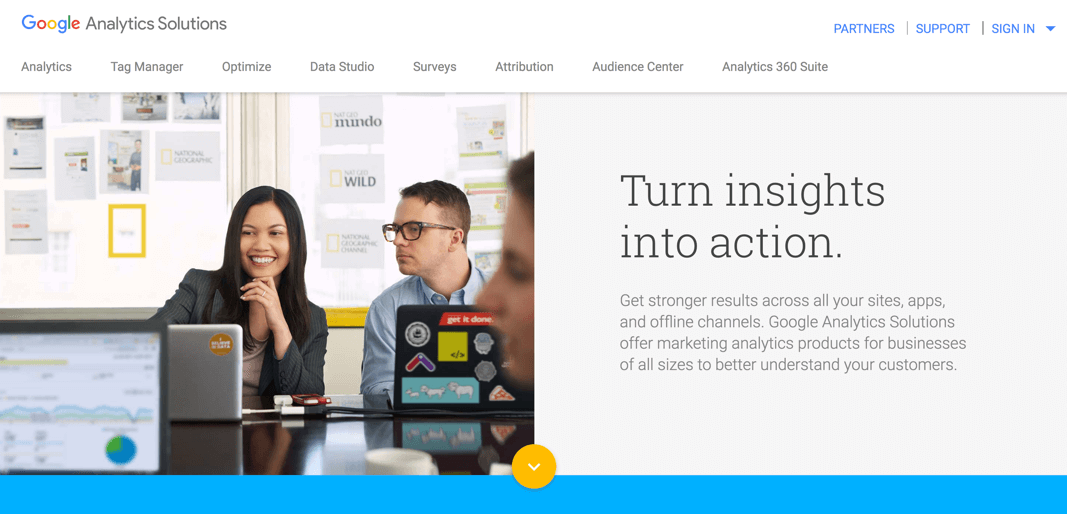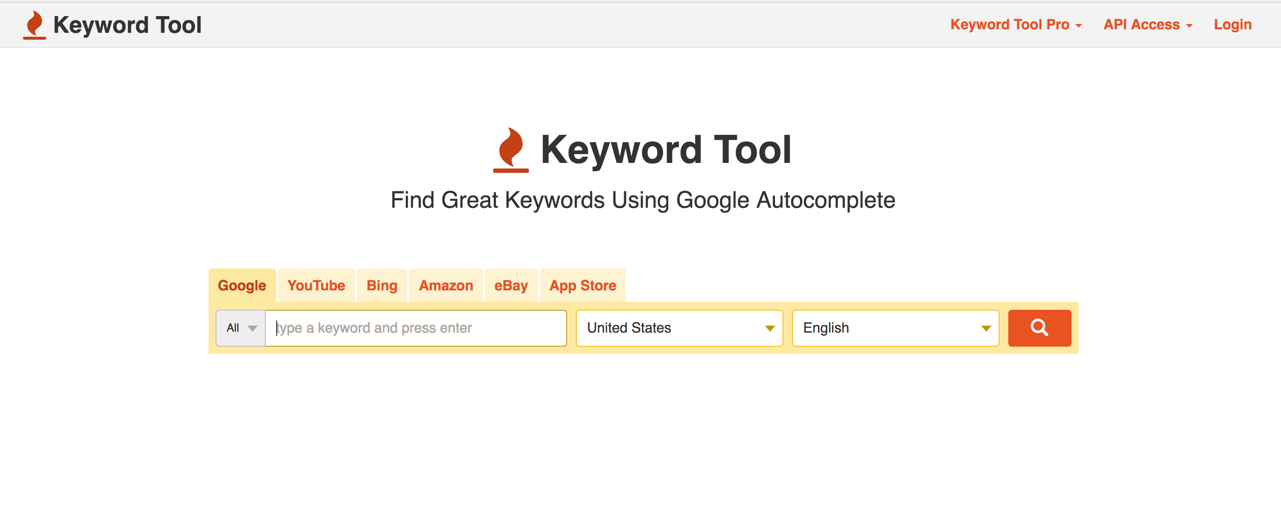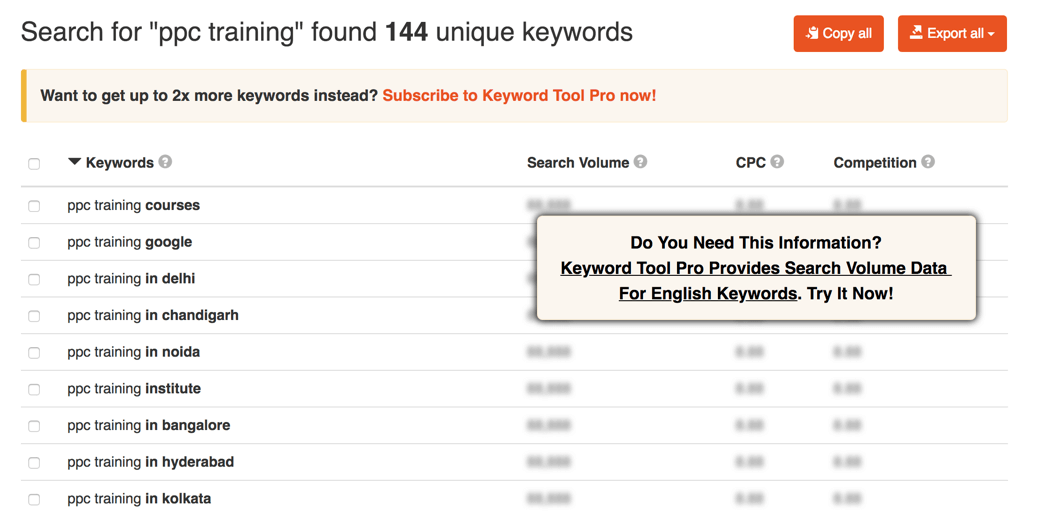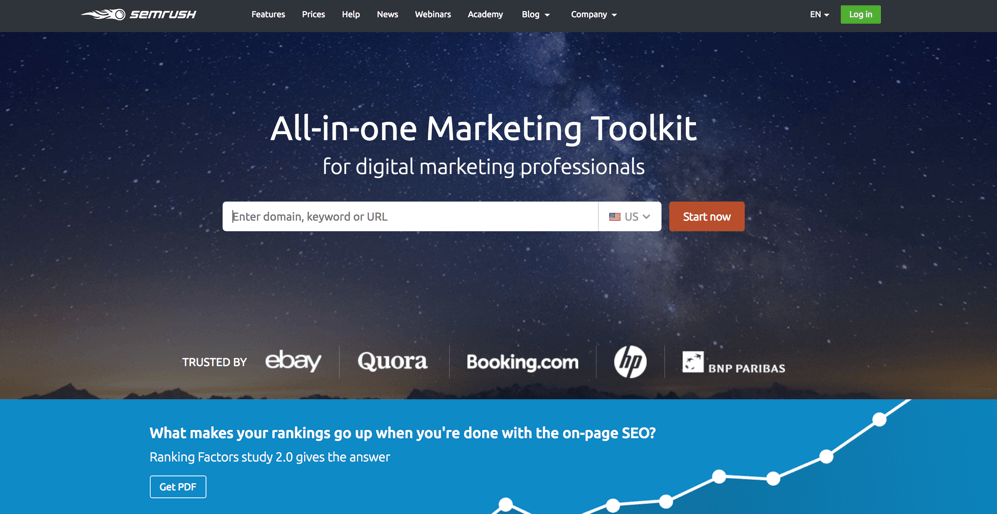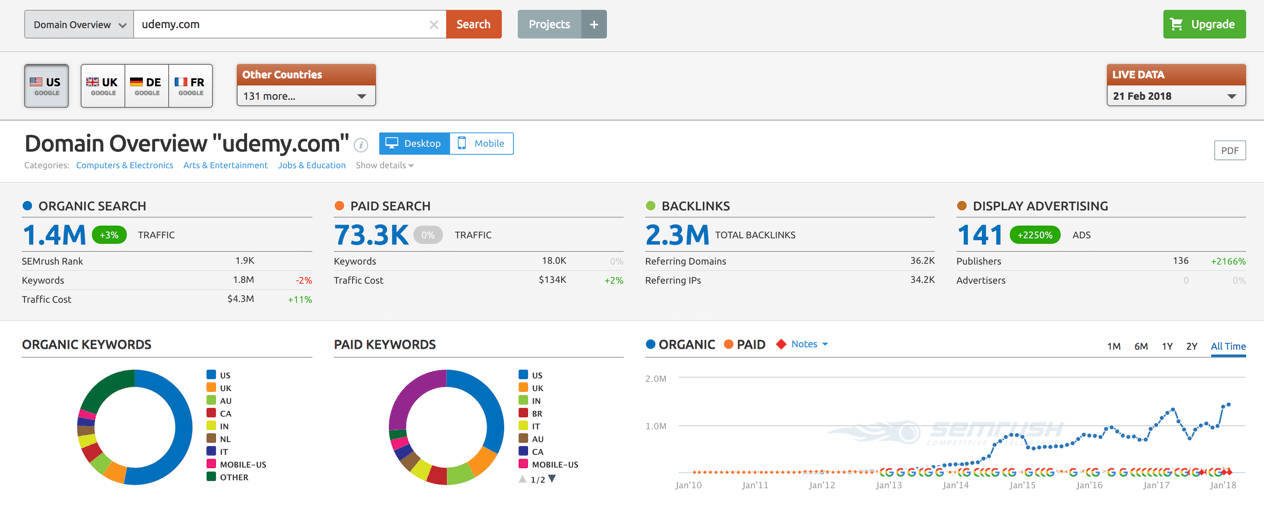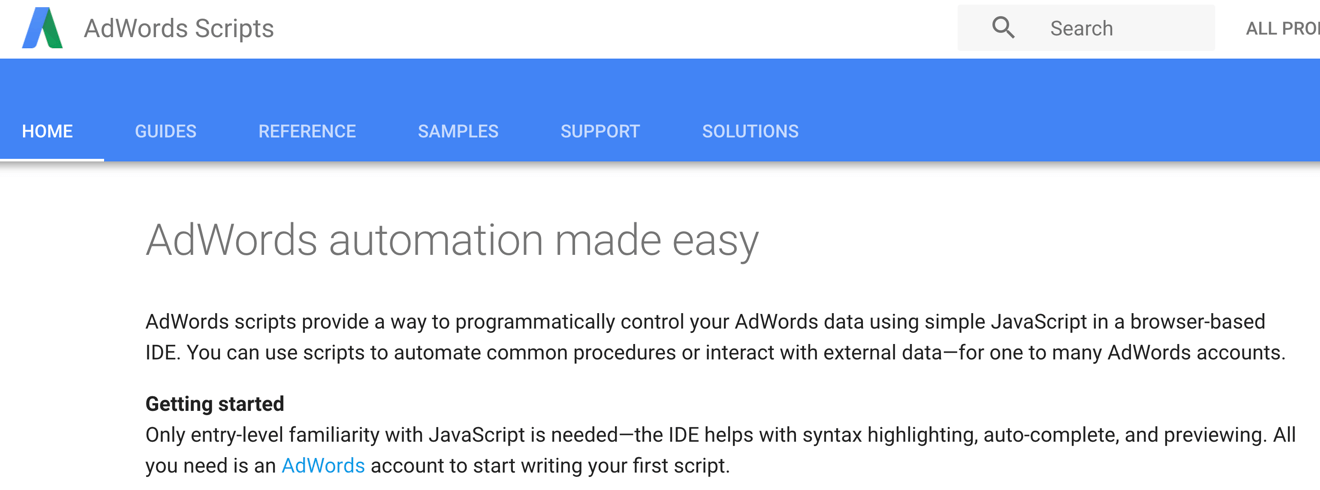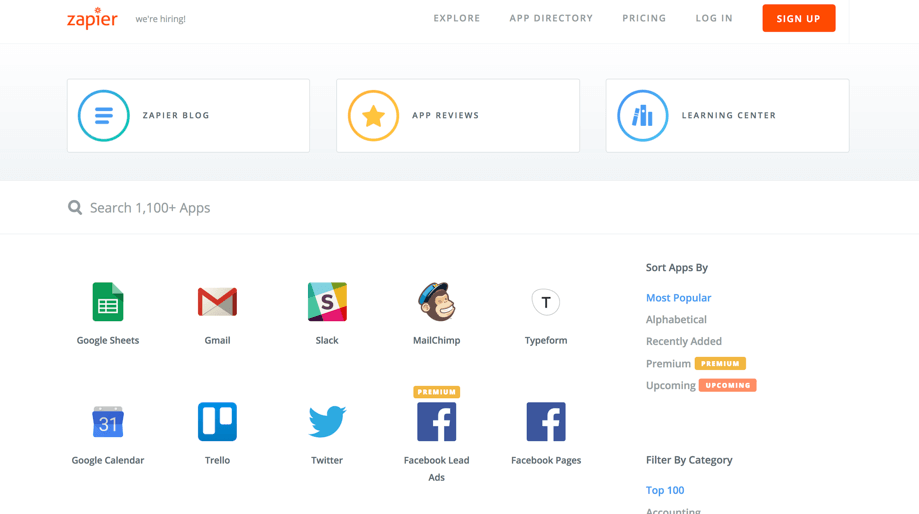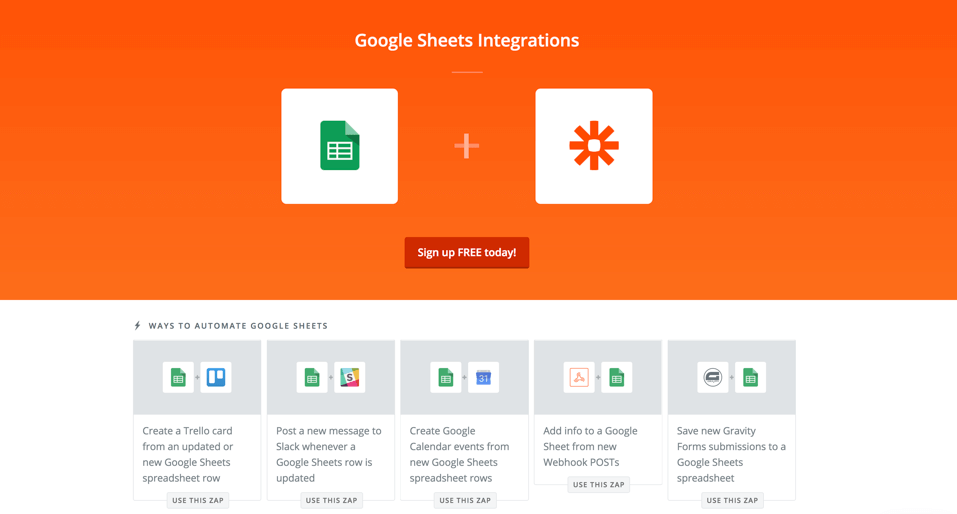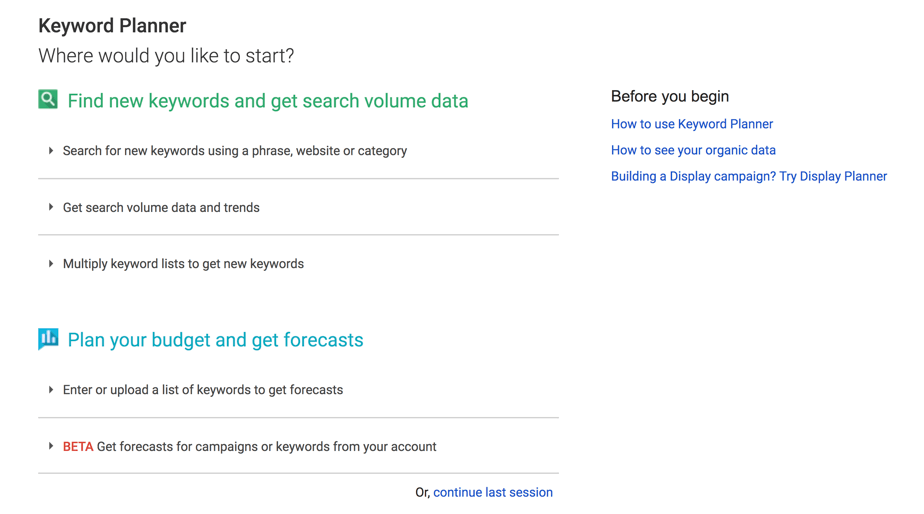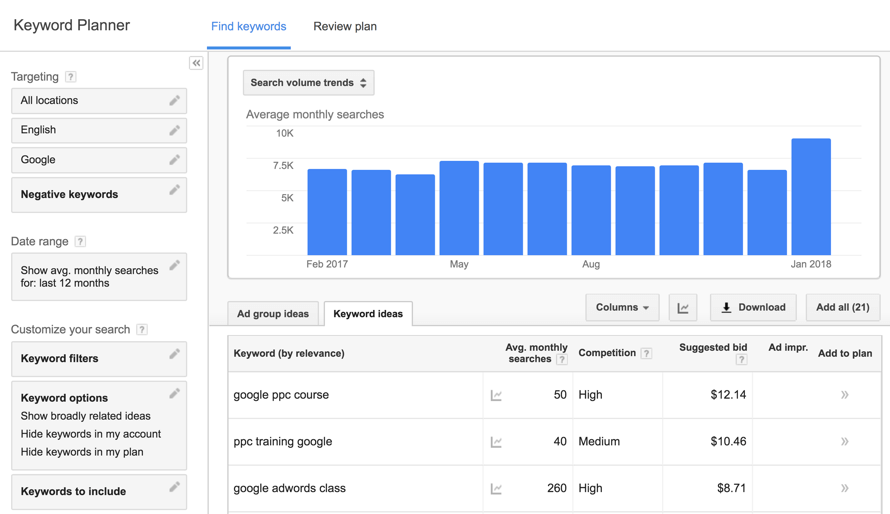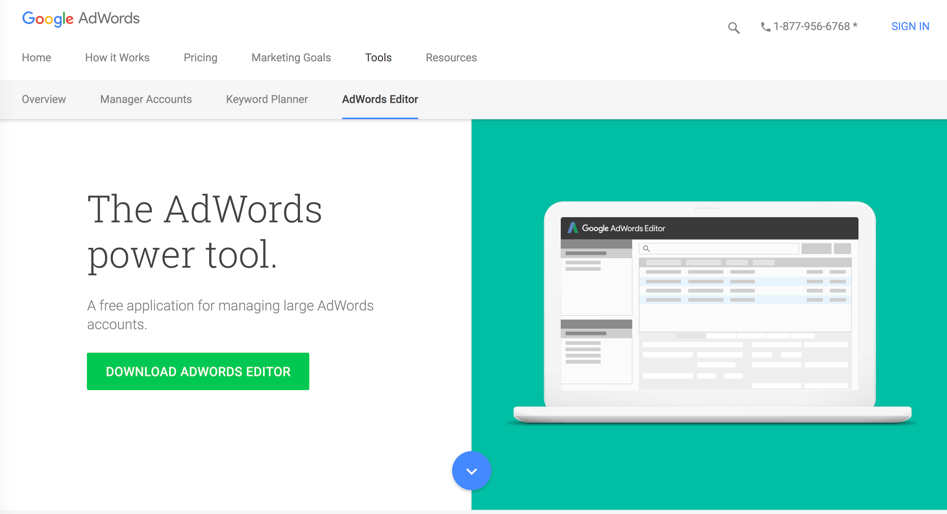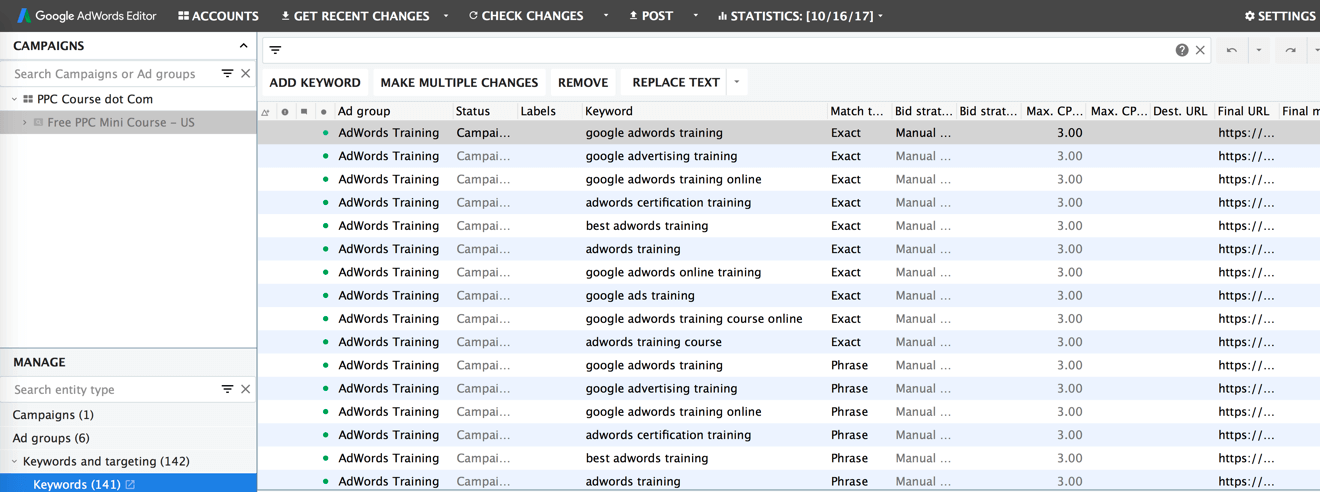Quality Scores are a vital part of maximizing your profit in AdWords. High Quality Scores can help you get cheaper clicks and increase your Ad Rank.
But Quality Scores can be confusing. Especially, when your Quality Score is not showing for your keywords.
So, today we are going to revisit how Quality Scores impact your advertising.
And we’re going to look at some of the problems with Quality Scores in the new AdWords interface. We’ll talk about where to find your Quality Scores, and why sometimes they don’t display.
We’ll also discuss what’s going on with Quality Scores in general. Why has Google taken away information about this critical metric? And what should you do if your Quality Scores data doesn’t make sense?
One small warning: This is a topic that has me a little fired up. So this video and post may include a few rants. But sometimes you have to speak up to be heard.
Fired up about quality scores? Join the discussion in the comments
I want to hear your take as well! You may or may not be as frustrated as I am with Google’s inconsistency in this area. But, I encourage you to leave a comment about your experience with Quality Score data in the new AdWords interface. The PPC Mastery Course community is a large and growing network. If we have enough comments, we may be able to get a response from Google on these issues. I would love to hear directly from Google about where Quality Scores are headed.
What do you do when your Quality Score is not showing up?
Before we get into how to deal with the absence of Quality Score data in your account, let’s revisit why this metric is so critical.
Why do Quality Scores matter so much?
Quality Score is Google’s estimate of how relevant your keywords, ads and landing pages are to the searches your ads are targeting.
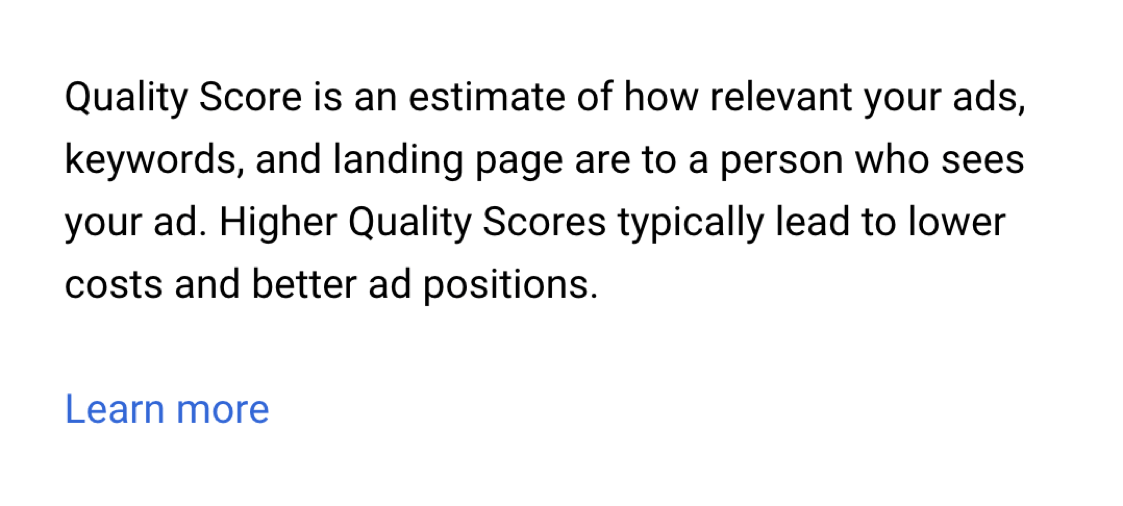
Google uses Quality Scores to help determine Ad Rank and cost-per-click (CPC).
Good Quality Scores work like a discount on your CPC. Inversely, poor quality scores add a tax on to your CPC.
According to a WordStream study, a Quality Score of 10 can discount your CPC by as much as 50%. But a Quality Score of 1 can increase your CPC by up to 400%.
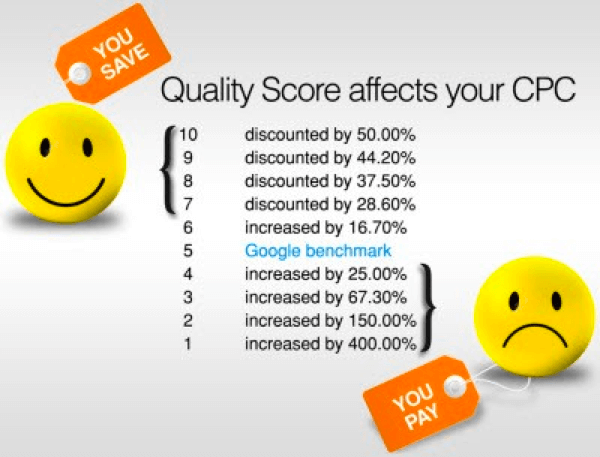
This metric can have a significant impact on your budget. So it’s tempting to target Quality Score as a way to decrease your advertising cost.
How do Quality Scores affect your results
In one of our previous posts, we looked at how your Quality Scores can affect your results. We discussed how ad copy and click-through-rate (CTR) work with Quality Scores. And we examined the effect of Quality Scores on cost-per-conversion.

There’s no doubt Quality Scores are a strong performance indicator. But, there are some issues with relying too heavily on this metric to guide your strategy.
Why do Quality Scores have to be so confusing? Google?
Google’s definition and guidance on Quality Scores seems straightforward.
1) High scores are earned through relevant ad copy and targeted landing pages.
2) Optimizing every step of your funnel discounts your CPC and improves your results.
Ok, this process makes sense, and it ties into the strategies we share in PPC Mastery Course.
But, Quality Scores have become more confusing now than they ever have been. And Google continually changes our access to information about this metric. They put data about our Quality Scores front and center in our account. Then they roll out a new interface and bury this metric in our settings.
Null Quality Scores
Google made a significant change to the way they handle Quality Scores at the end of 2016. If you have a new keyword, or the keyword has “low activity” you won’t get a Quality Score at all.
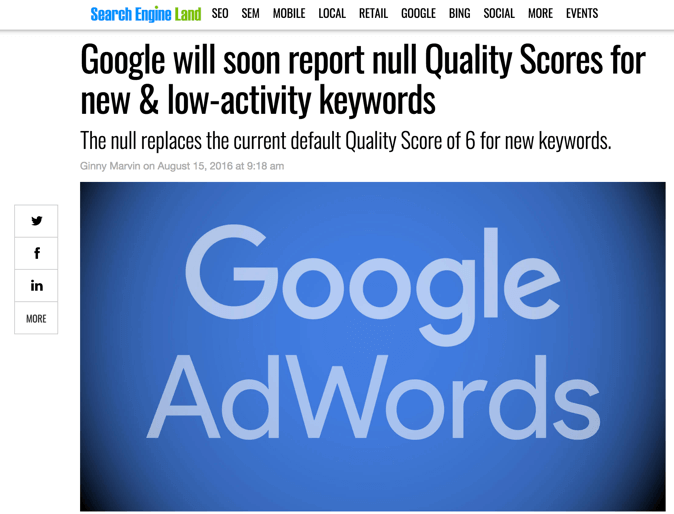
Before this change, everyone started with a Quality Score of 6 on new keywords. But now Google has decided you don’t get a Quality Score if your keyword is new or has “low volume.”
Improved Quality Score reporting
Then, in 2017 Google introduced “Improved Quality Score Reporting.” The improved reporting featured new metrics to help you maximize your Quality Scores. Google was offering us seven new indicators, and historical data about our quality score performance. Awesome, thanks Google!
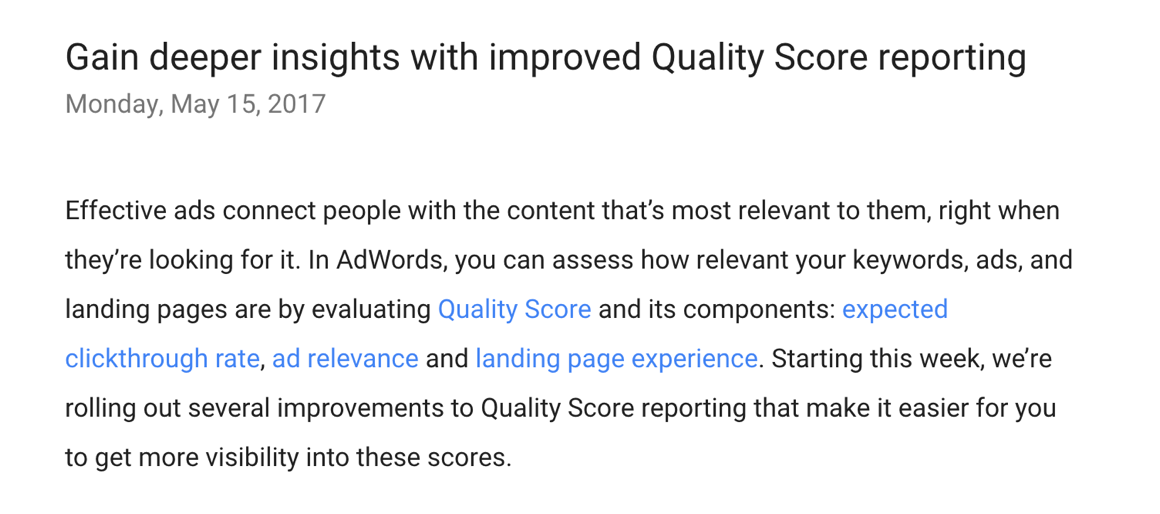
But then the new Adwords interface rolled out, and Google eliminated the improved reporting data. I can’t even show you a screenshot of what these reporting columns looked like because Google erased them from their documentation.
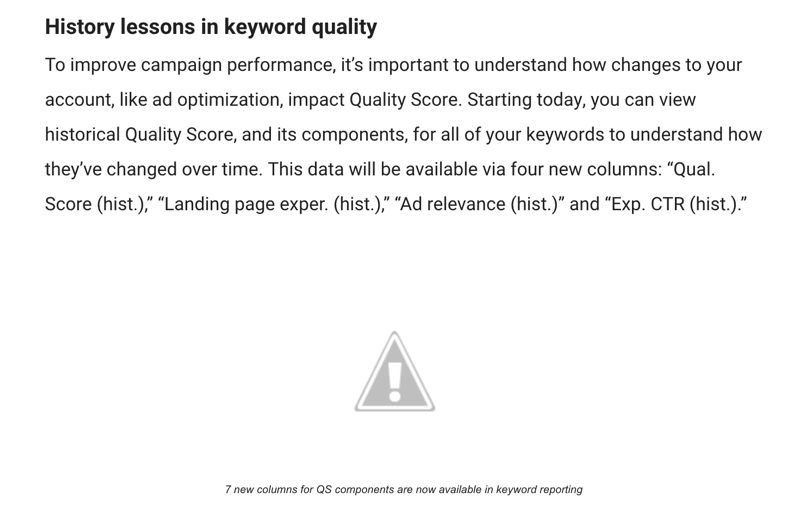
Google has offered us some direction about Quality Scores in the new interface. But it doesn’t mention the improved reporting data that was added to the old interface.
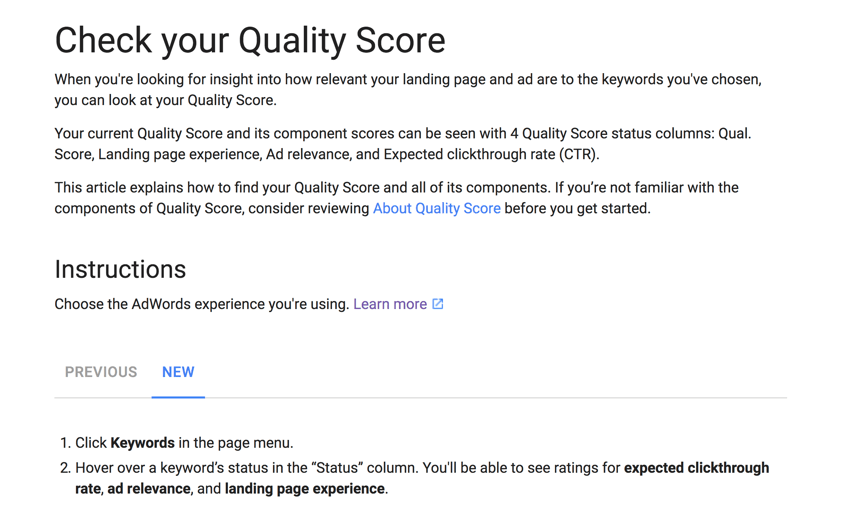
Now that we have some context about how Google keeps changing things up… I am going to jump into my rant.
Google provides transparency, then they take it away
It’s as if Google can’t seem to make up their mind whether they want us to have Quality Scores or not. They even deleted the famous Hal Varian video that explains how the Ad Discounter, Ad Rank, and Quality Score all fit together.
So what’s the deal Google? Why all the constant changes to a critical part of the AdWords environment?
This isn’t me trying to be dramatic or troll you, Google. These are real questions being asked by AdWords advertisers. How much attention should we pay to our Quality Scores? Why isn’t this information always available?
If anyone at Google follows this blog, please chime in here! Set me straight on what’s going on with Quality Scores. We would love to know more!
Ok, I’ll take a break from my rant. Let’s move forward and take a student question about Quality Scores in the new AdWords interface.
PPC Course student question
Bethany, one of my PPC Course students, asks the following question about her Quality Scores:
I went “live”, I have keywords, I have the quality score column activated, and it’s just showing blanks for everything. Does it take time to show up?
Her Quality Scores are not showing any data in her account yet.
Now we know that Google won’t give us quality Scores for new keywords. But, Bethany wants to know how long she has to wait to start seeing some results. And this is a great question.
Let’s go insides of AdWords and see if we can figure this out using a mature account.
Quality Score reporting in the new AdWords interface
This first way I’ll approach this problem is to use Adwords Editor. However, when I attempt to download all my Quality Score data into the editor, I get nothing. Even after following Google’s support documentation, I am still not seeing any data.
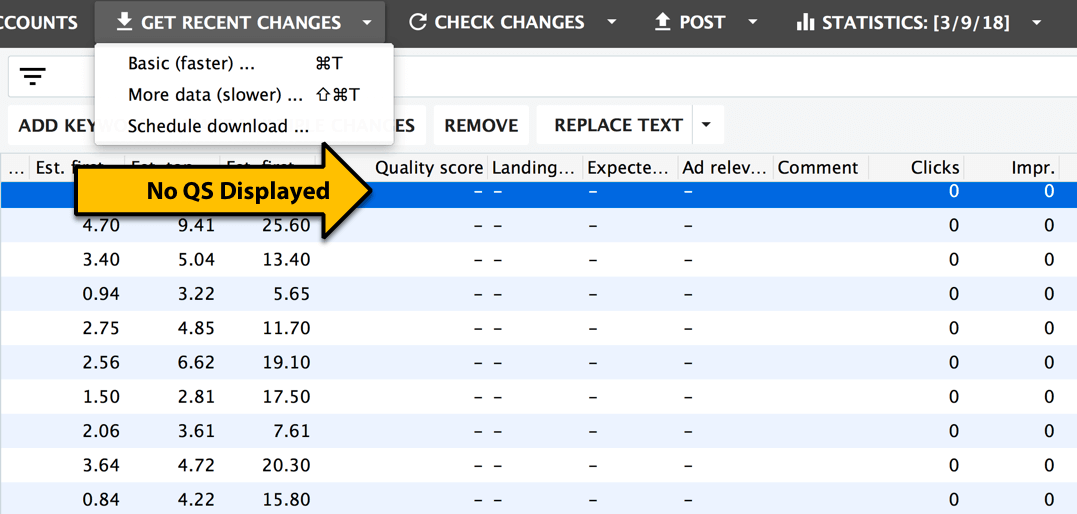
So, even though it’s not my preferred method, we’ll have to check this data out in the AdWords interface.
As we examine my Quality Score data in the interface, I see some curious inconsistencies. The majority of my keywords are displaying a Quality Score.
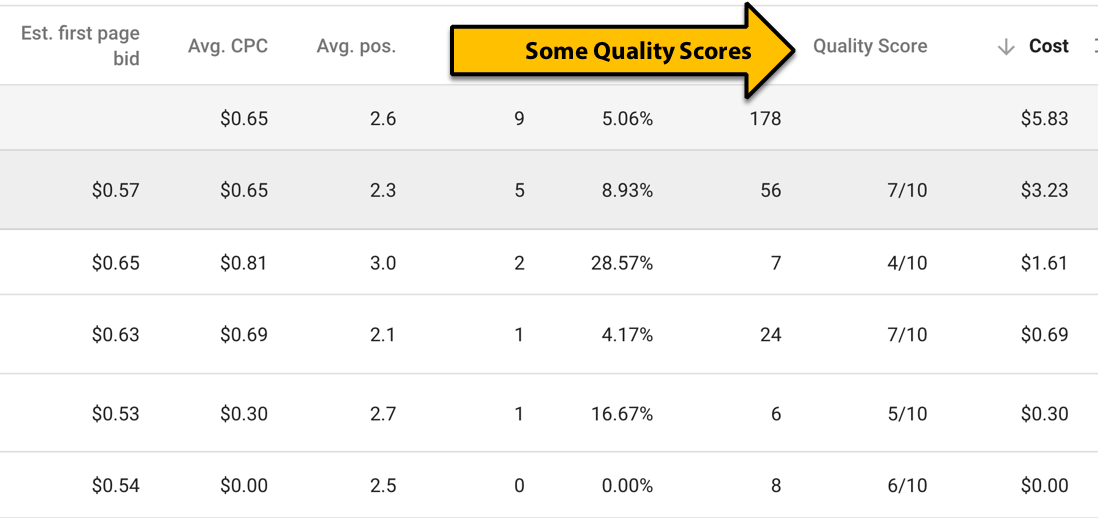
But there a few things that don’t add up. My lowest Quality Score is for the keyword that’s earning the highest CTR. I have Quality Score of 5 on a keyword that’s generating a 28% CTR.
I also have a Quality Score of 5 for a keyword with a 16% CTR.
What’s the deal with this data? Is this metric just 100% percent algorithm driven? Is nobody monitoring the quality of Quality Scoring? You can see why I’m frustrated.
Now, we started this effort examining the occurrence of “Quality Score not showing.”
We know that we need to be patient with new keywords. But I wouldn’t hold my breath waiting for data on keyword quality scores, because it seems to be out of your control, regardless of keyword volumes.
Here’s why. The highest impression, click, and cost, keyword in my test account is not displaying a Quality Score. Yet, I have a keyword with zero clicks, and that keyword has a Quality Score. These inconsistencies don’t make any sense.
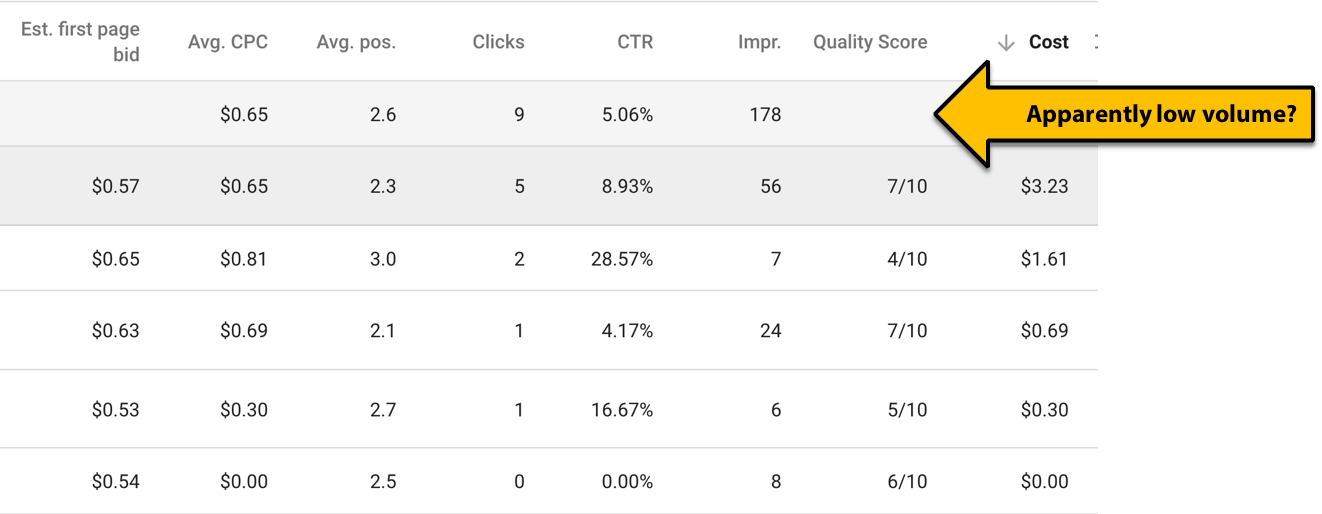
What do you do when your Quality Score is not showing?
We need to do our best with the data that we have. And we shouldn’t rely only on Quality Score itself to optimize performance. We should use all the data and reporting we have available to try to make improvements.
Google’s offered us other reporting data related to our Quality Scores. Let’s add these metrics to our columns and see how they can help us.

Reviewing the feedback from these new columns makes me question Quality Score reporting even more. Google’s data is telling me that my expected CTR is below average for a keyword with an actual CTR of 28%. What type of CTR would make the expected CTR above average, 50%, 70%?
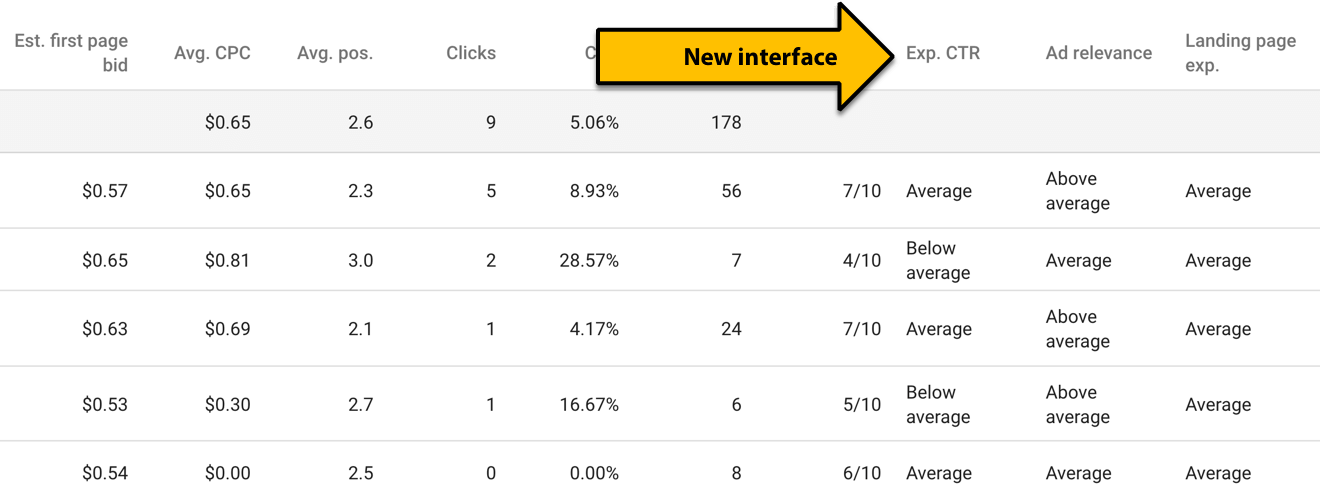
This feedback does not seem accurate! In fact, it’s got me even more confused. Why would I need to improve an ad with a real CTR of 28%, to try to achieve a better future CTR?
There’s not really much room for improvement, yet Google indicates expected CTR is below average.
What about Google’s other guidance for where we need to make Quality Score improvements.
Google’s published an entire article on upgrading your landing page experience. So, they are providing some direction that we can factor into our plans.
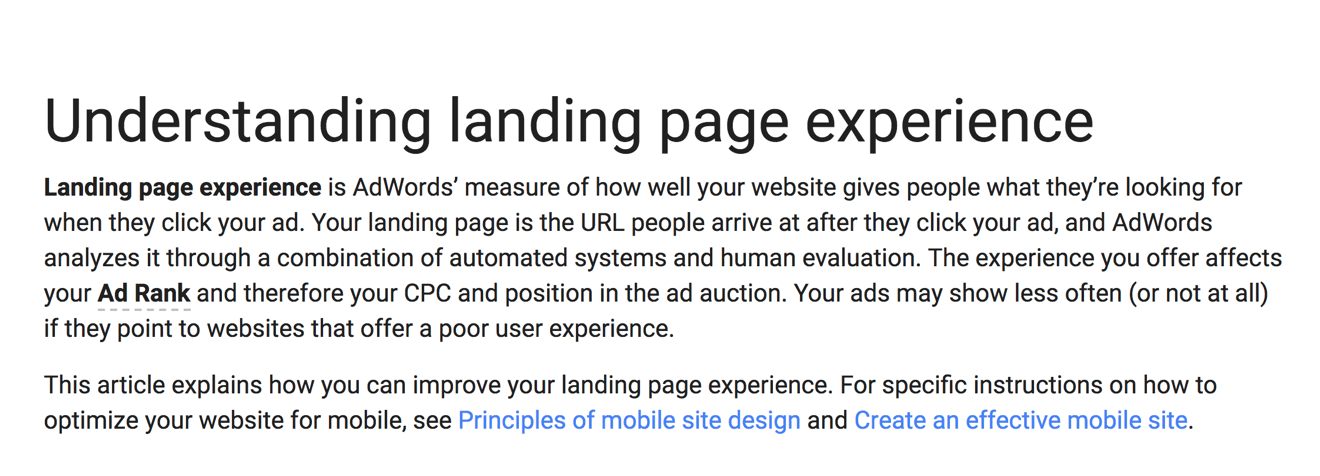
But the problem is, their feedback is not consistent. You can make the suggested improvements. However, that doesn’t mean you’ll see a real impact on your Quality Scores.
Quality Scores have become like a black box
Quality Score wasn’t supposed to be a mystery metric. This metric was supposed to help you see how you could improve your funnel. And it was supposed to reward advertisers that put effort into following Google’s direction.
Of course, I understand that Google’s not going to publish the exact details of their Quality Score algorithm because that is an open invite for advertisers to try and game the system.
But if you’re not going to reward advertisers for making the optimizations needed to produce a good quality score, why even have a quality score display?
If you’re going to bury this metric in our accounts because there’s not enough data to calculate it, then how important is it?
The take away here, to me, is that Quality Scores are critical. But not so important that you should obsess over them, especially when Google takes away transparency.
When you focus too much on this metric, you put your advertising strategy on Google’s schedule. Operating on Google’s schedule puts you in a less ideal position. You wind up waiting on Google instead of taking control of your advertising.
Don’t wait for Google’s permission to take control of your accounts
Your business, your client, your company, is not going to wait around for a Quality Score to show up.
Use the other data you have available to make improvements. “Quality Score not showing” is even more of a reason to follow the guiding strategy we subscribe to in PPC Mastery Course.
Continue to build out your campaigns, and test your real, tangible results. Prioritize your conversions over other metrics that can be a distraction. Optimize your ads, landing page copy, and funnel for the experience your customers want.
Quality Scores are great when they work. But, if your Quality Score is not showing, use the other tools you have at your disposal to optimize for conversions.
What do you think about the Quality Score display in Adwords?
I mentioned at the opening of this post I want to hear from the community. What’s your experience with “Quality Score not showing?” If you have answers to the functional problems I’ve laid out in this post, please share them.
And if you’re confused about how to improve your Quality Scores, also leave a comment. Hopefully, your comments will urge Google to provide more guidance and transparency.
This post and video was episode 79 in our 90 Day Challenge digital marketing series.
To get access to all 90 videos, subscribe to our YouTube channel. YouTube will send our subscribers weekly emails about all the videos we published over the past week.
Want to know about each video and post as soon as it comes out? Sign up for 90 day challenge email newsletter. The newsletter will be the best way to make sure you don’t miss any of the content.

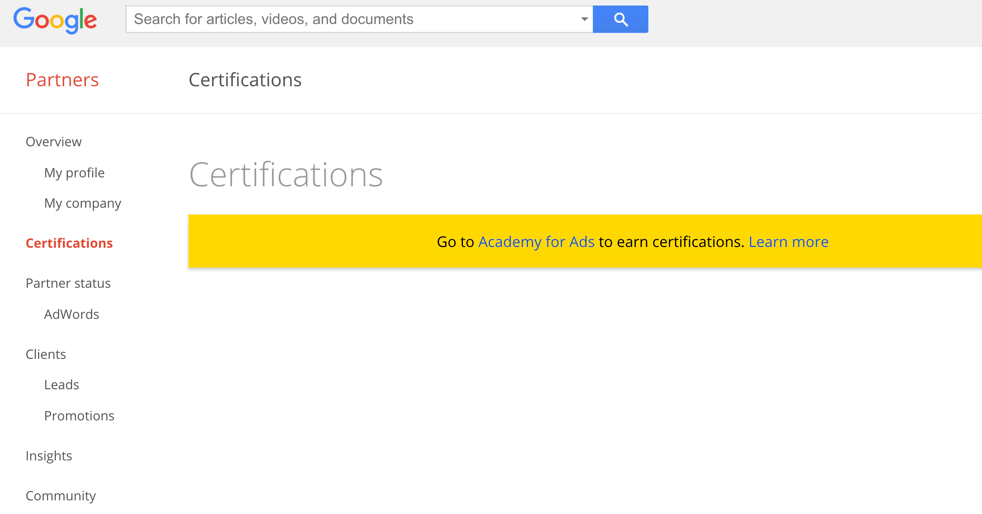
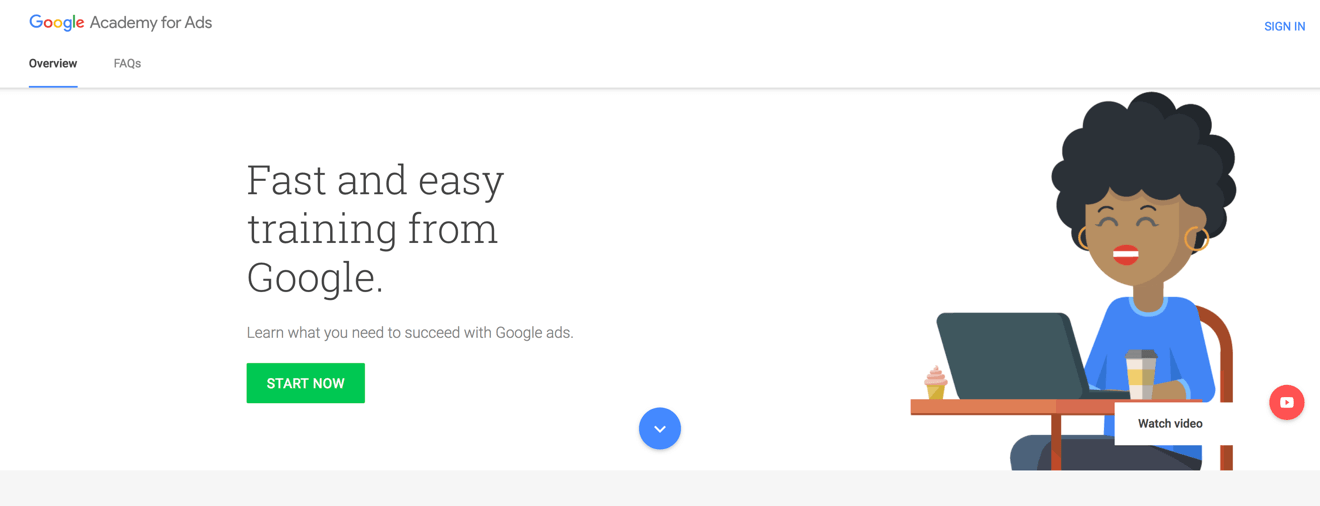
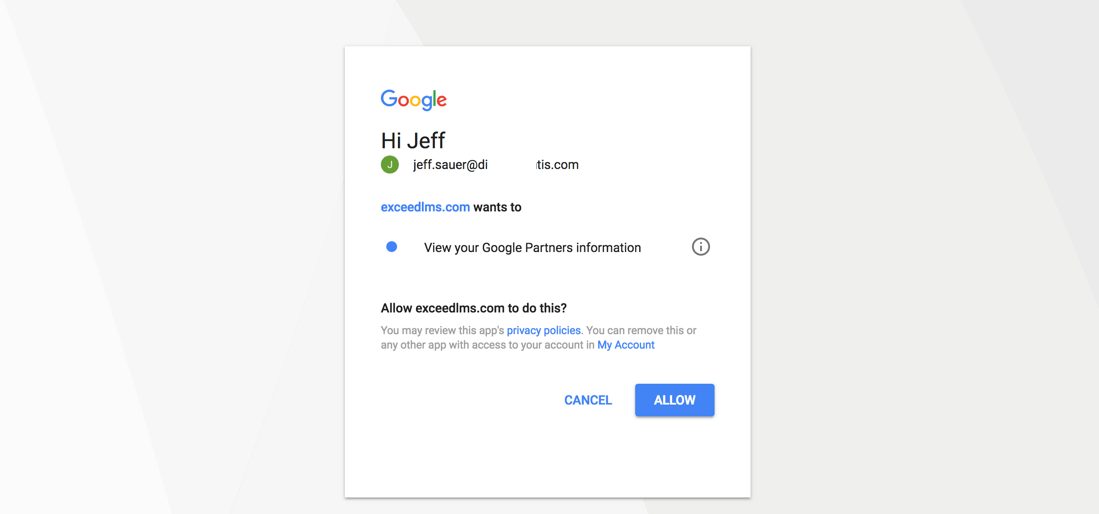
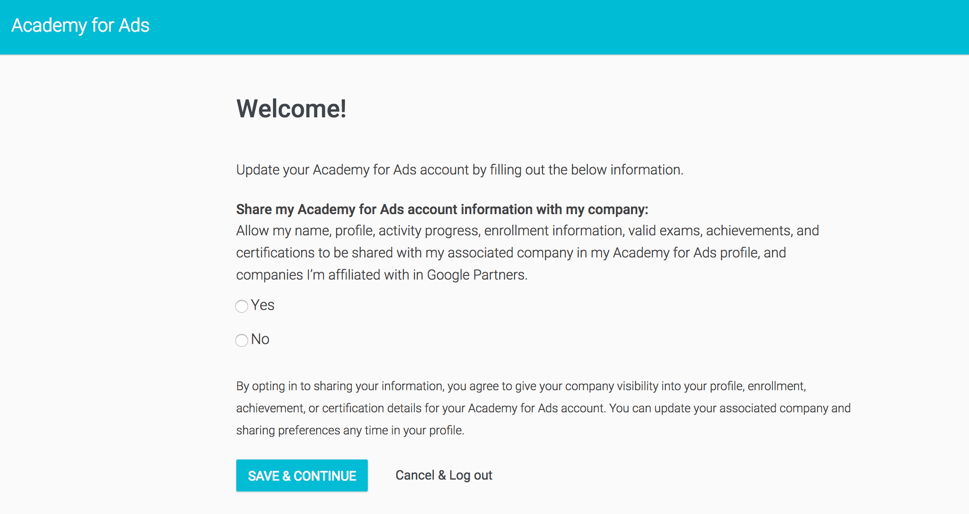

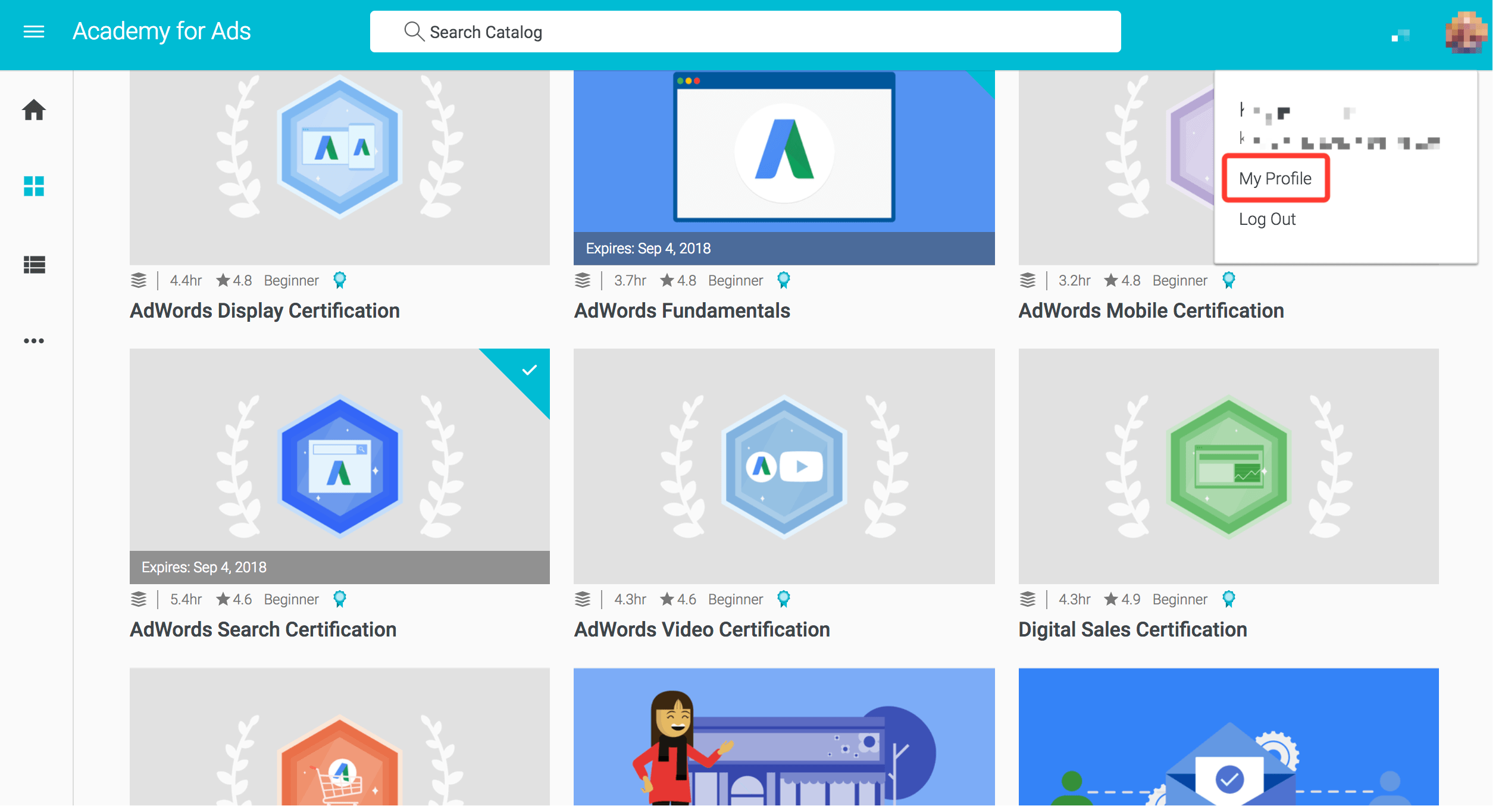
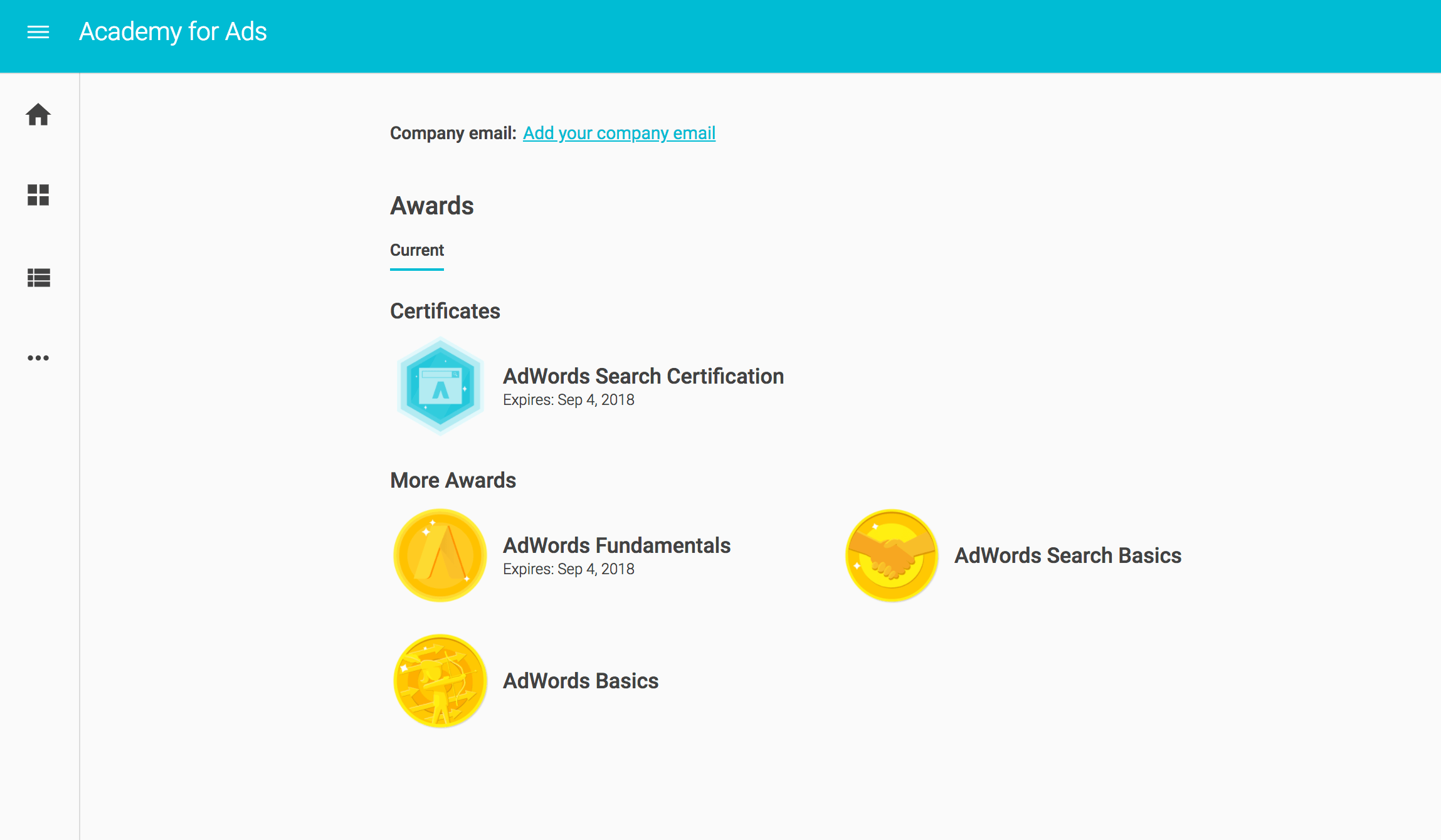
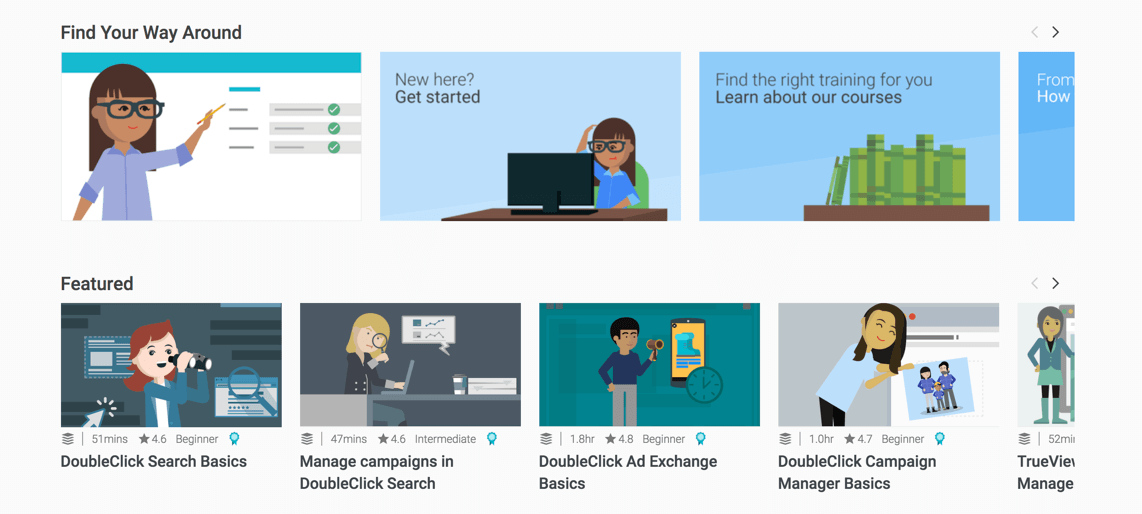

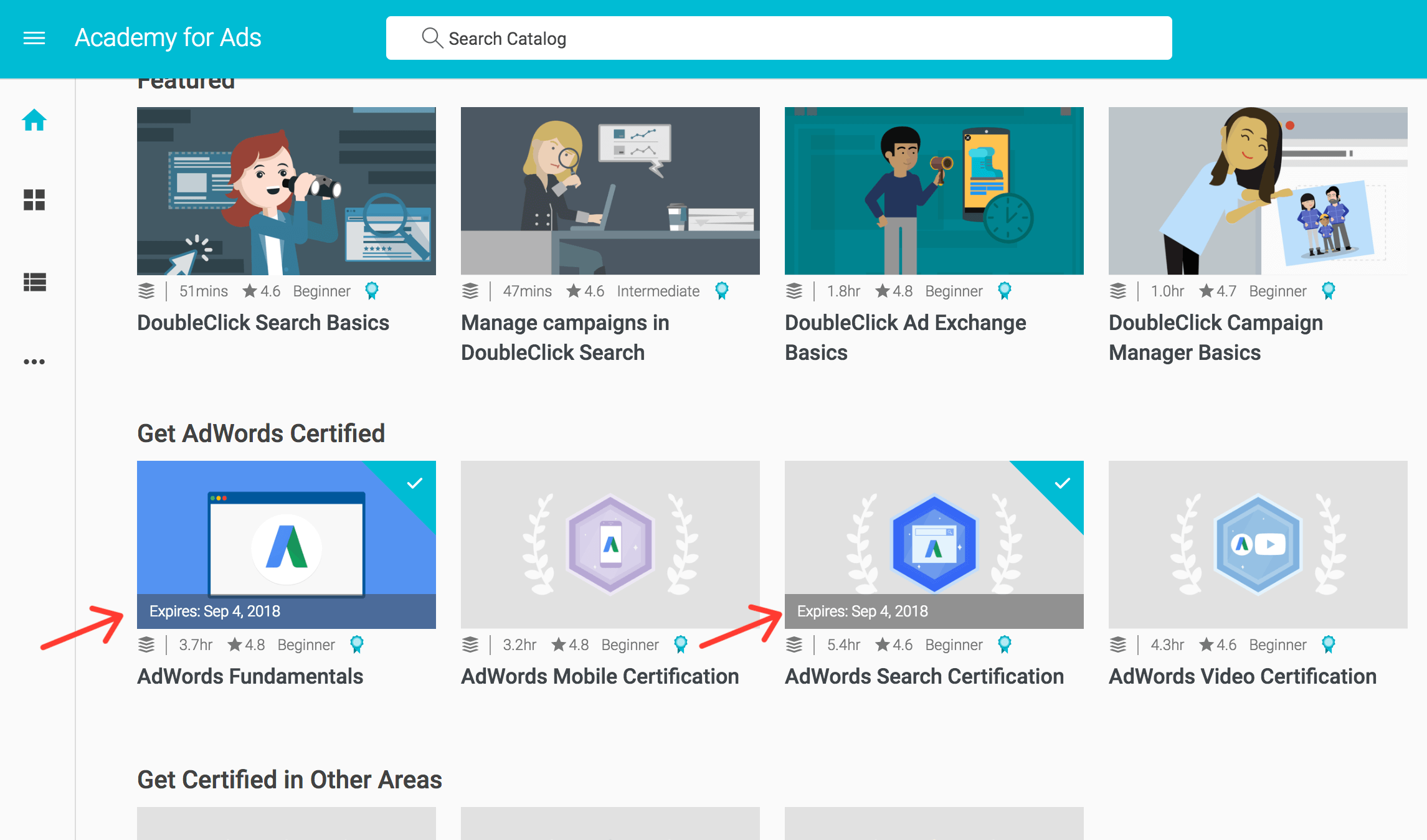
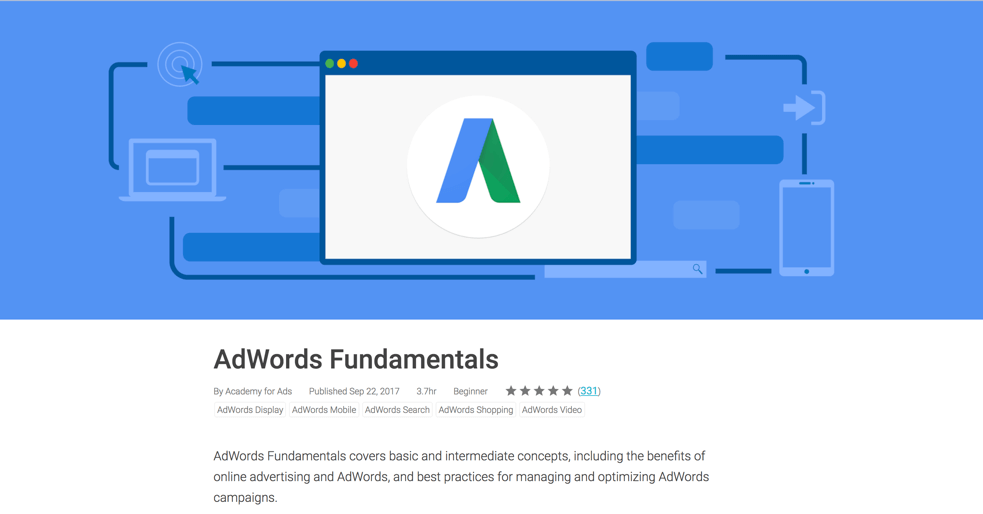
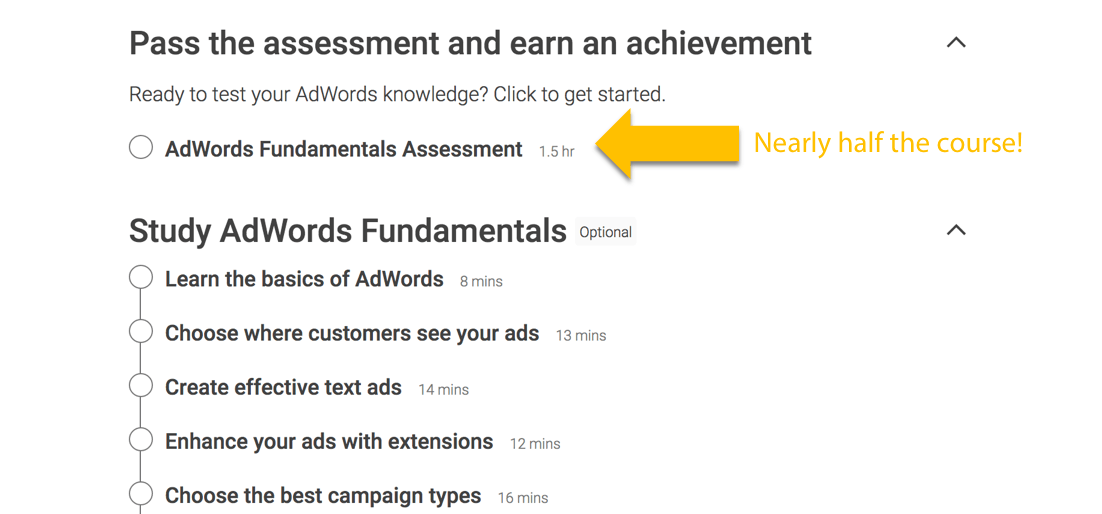
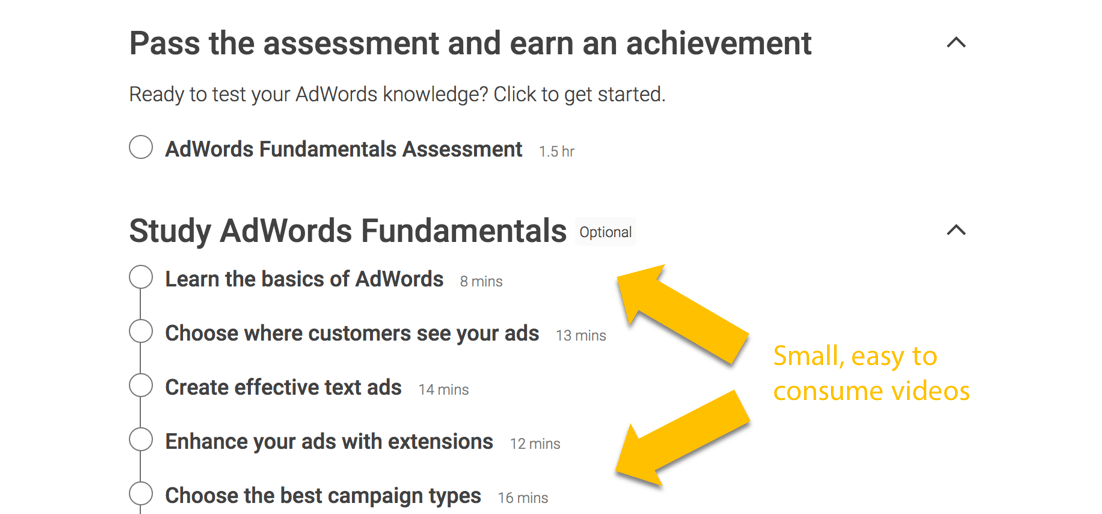

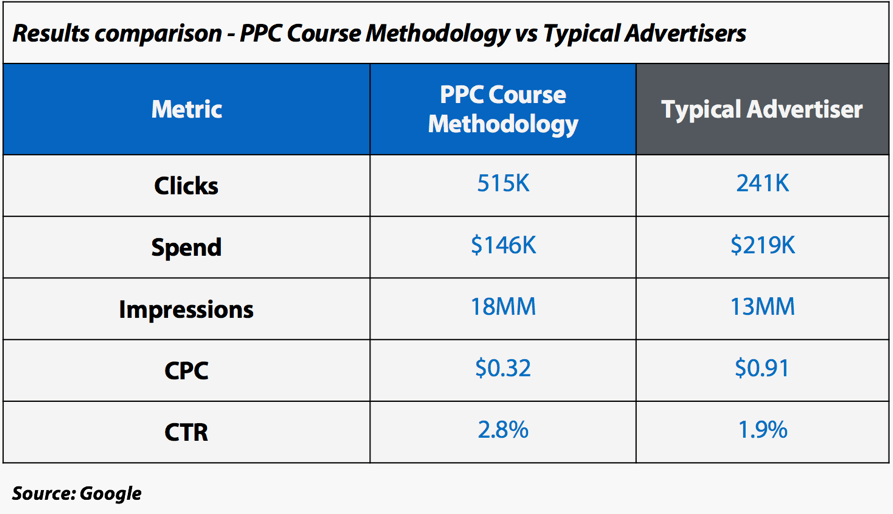
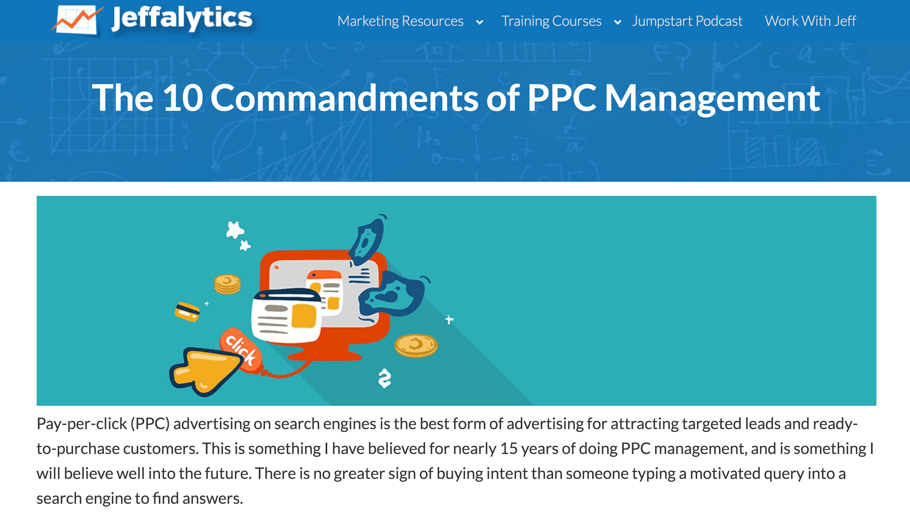

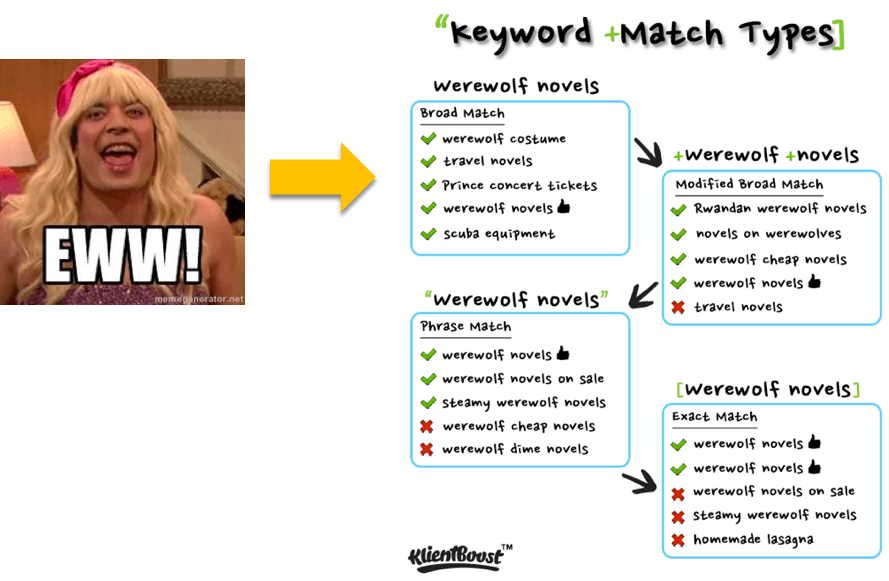
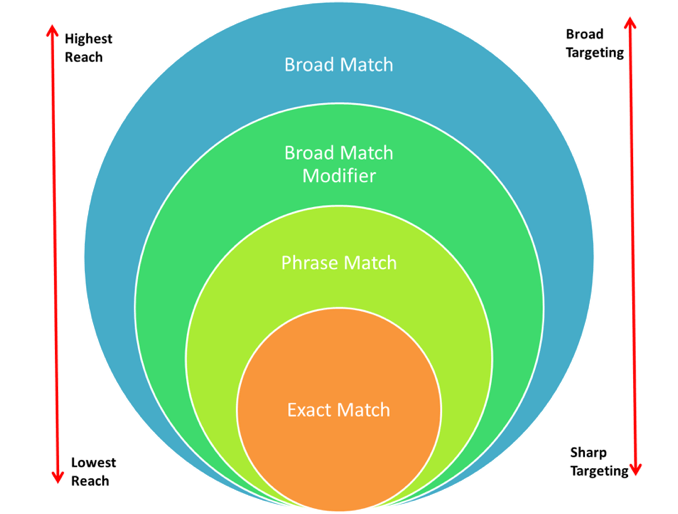
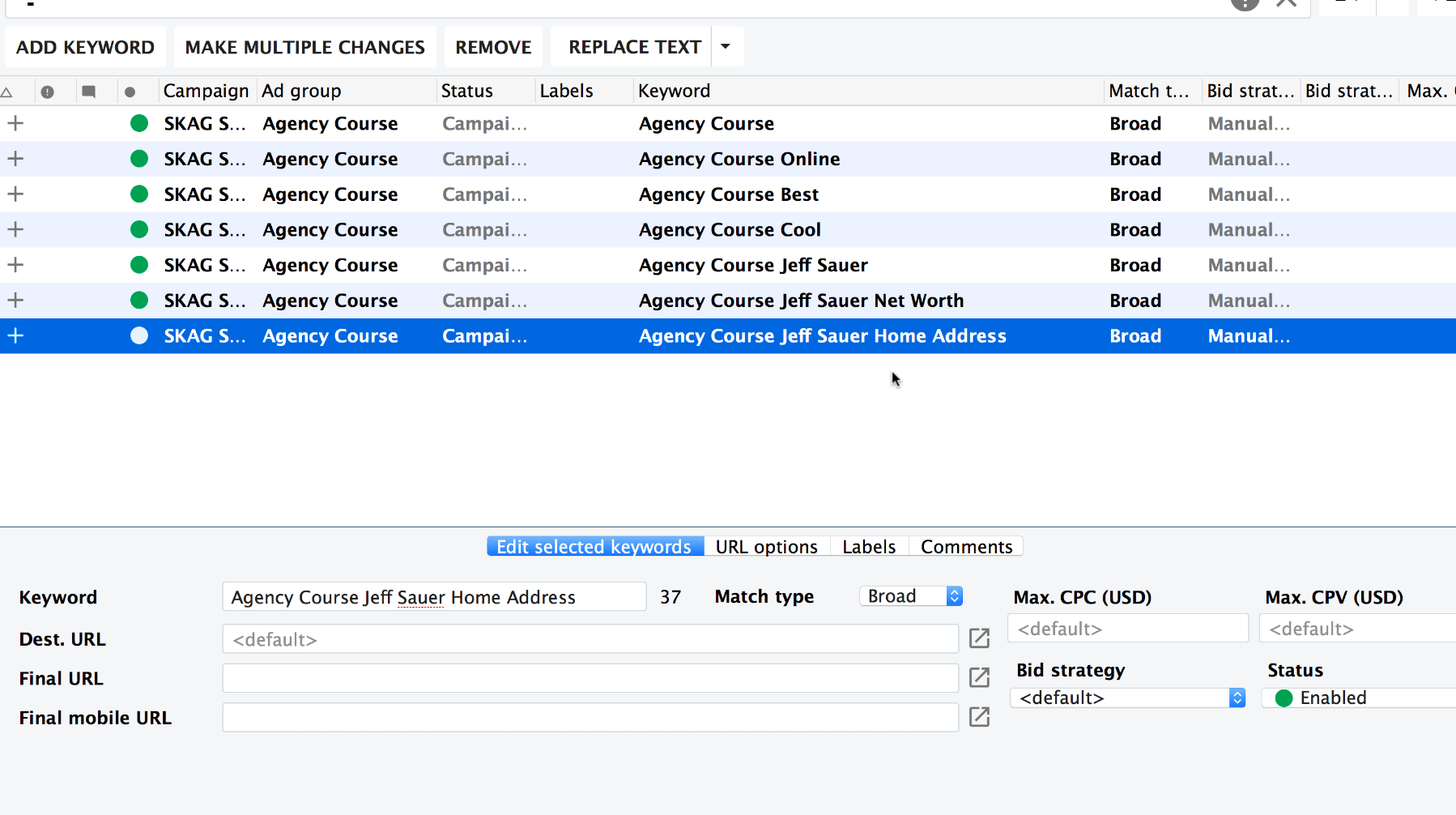
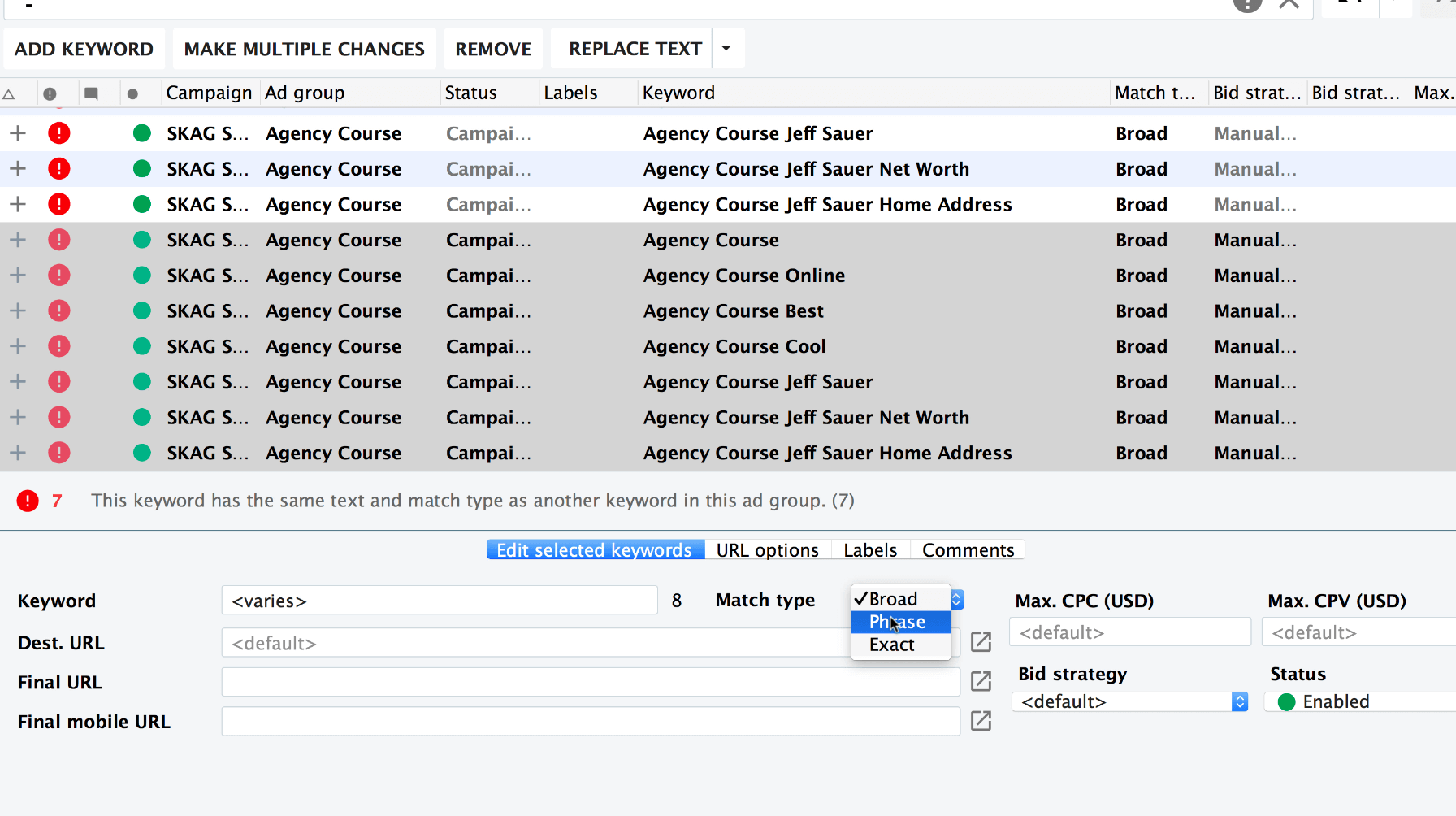
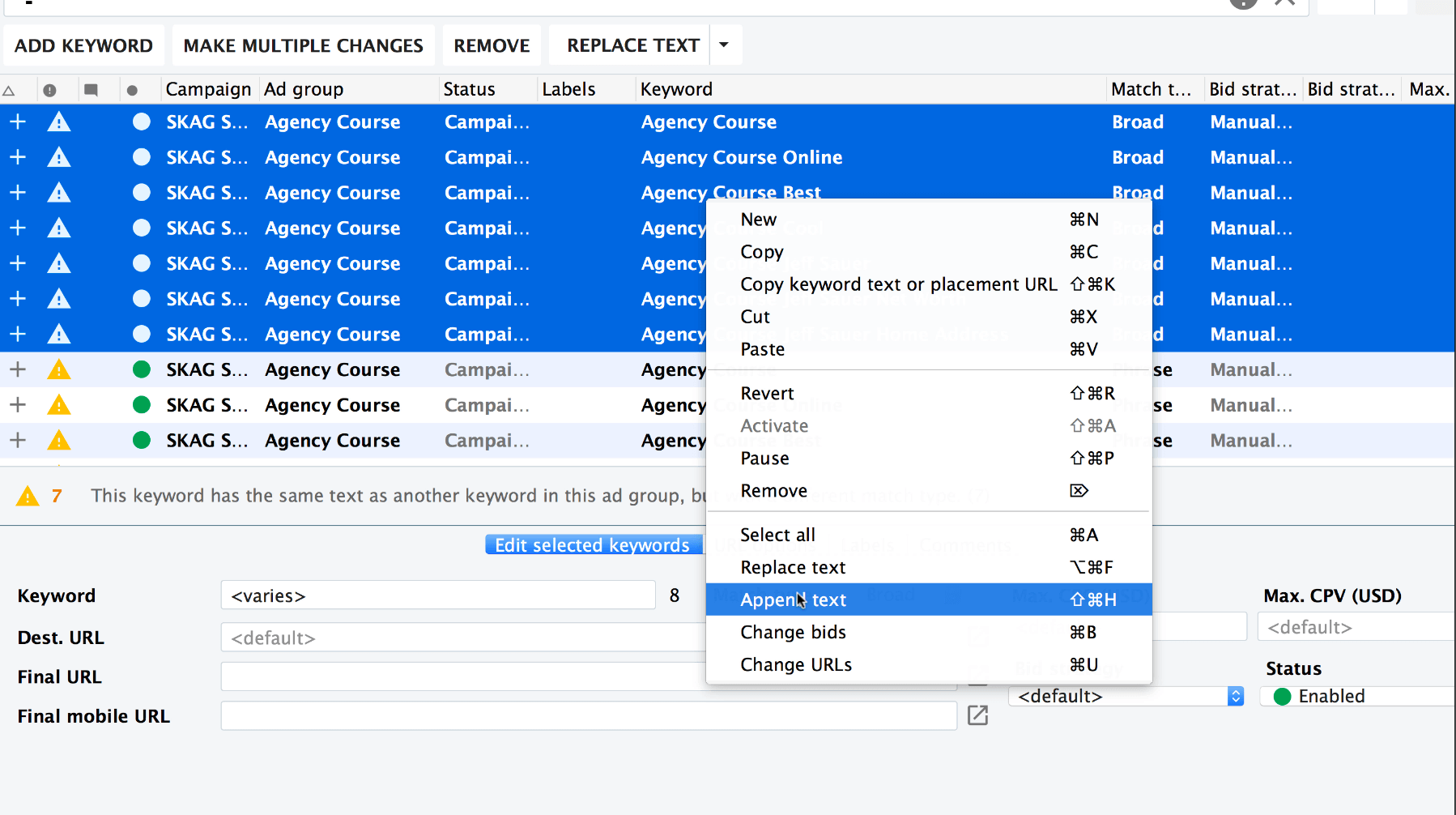
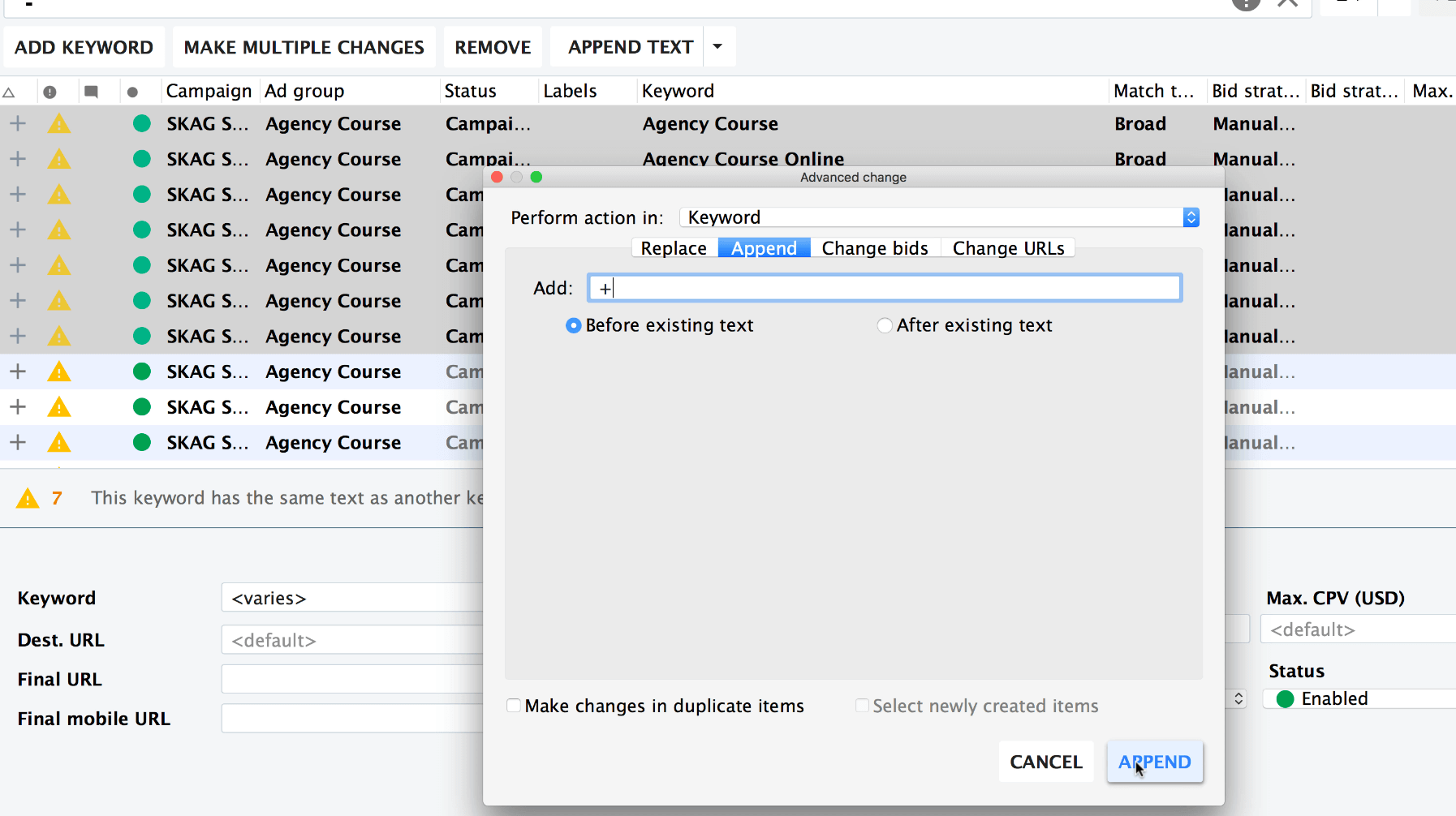 Our first step added the modifier to the first word in our keywords. But it didn’t add the modifier to the other words in our keywords.
Our first step added the modifier to the first word in our keywords. But it didn’t add the modifier to the other words in our keywords.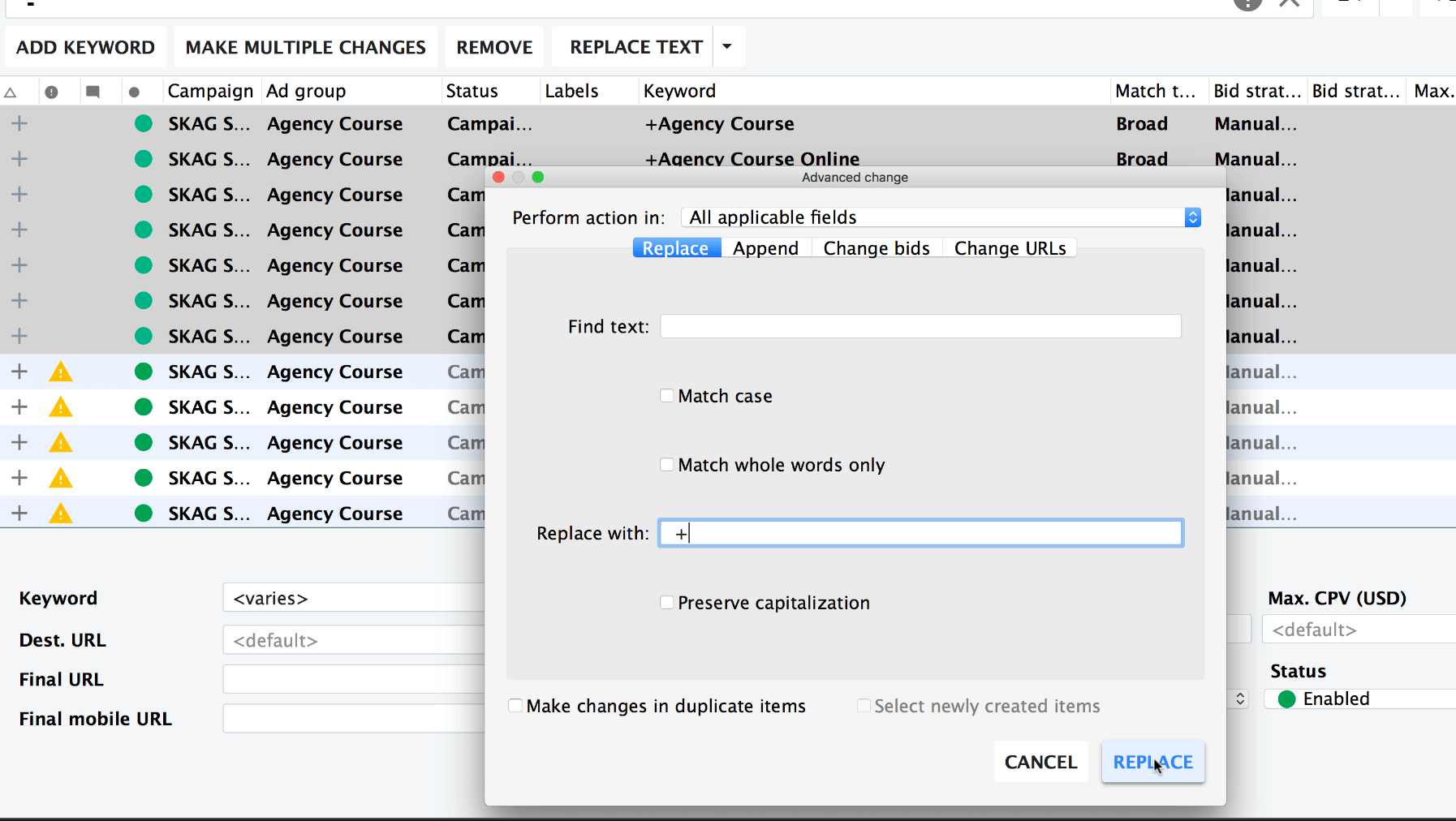
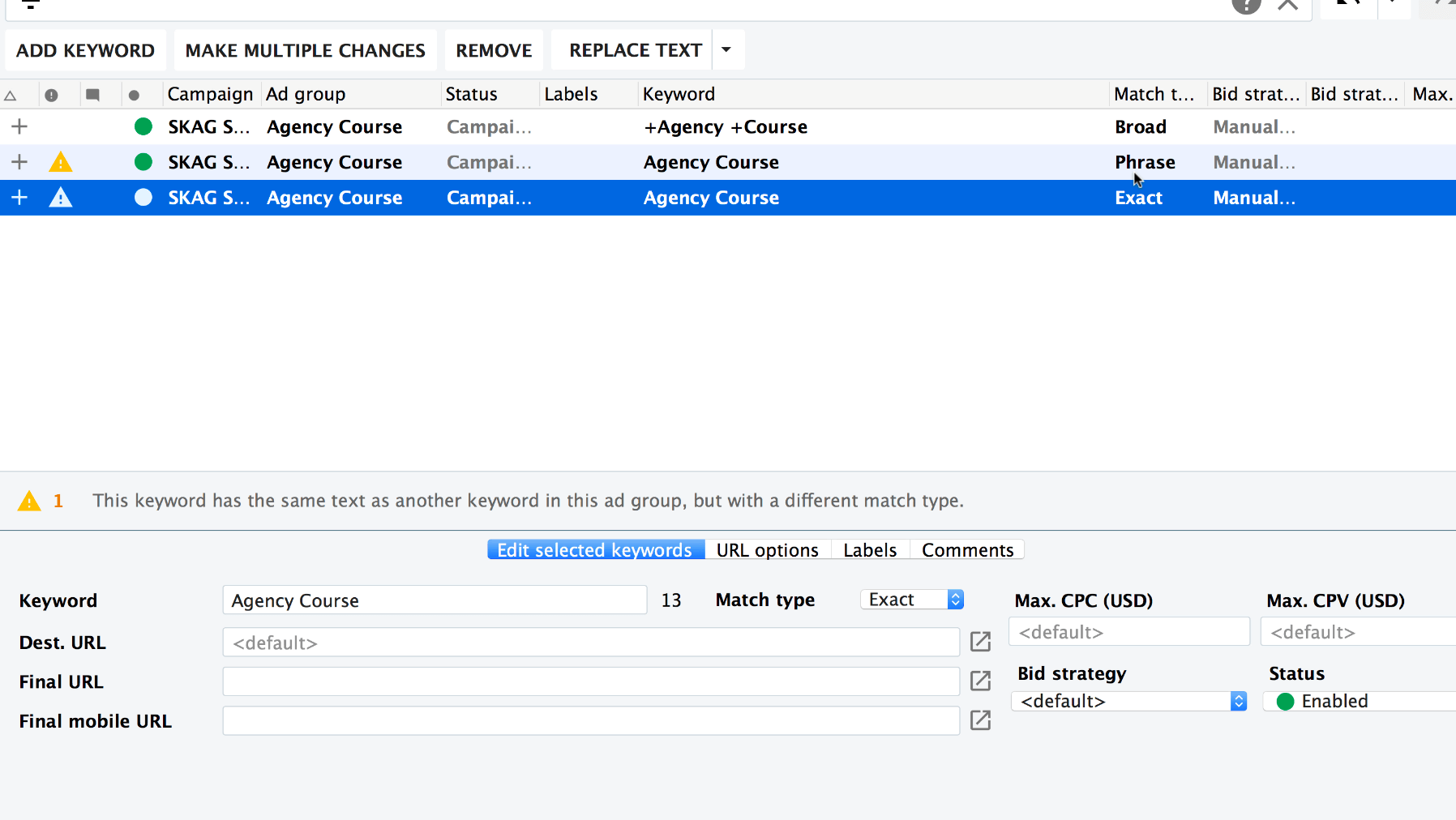


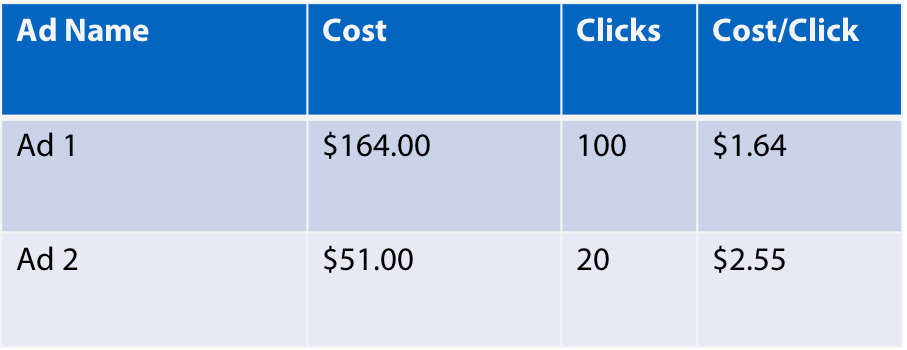



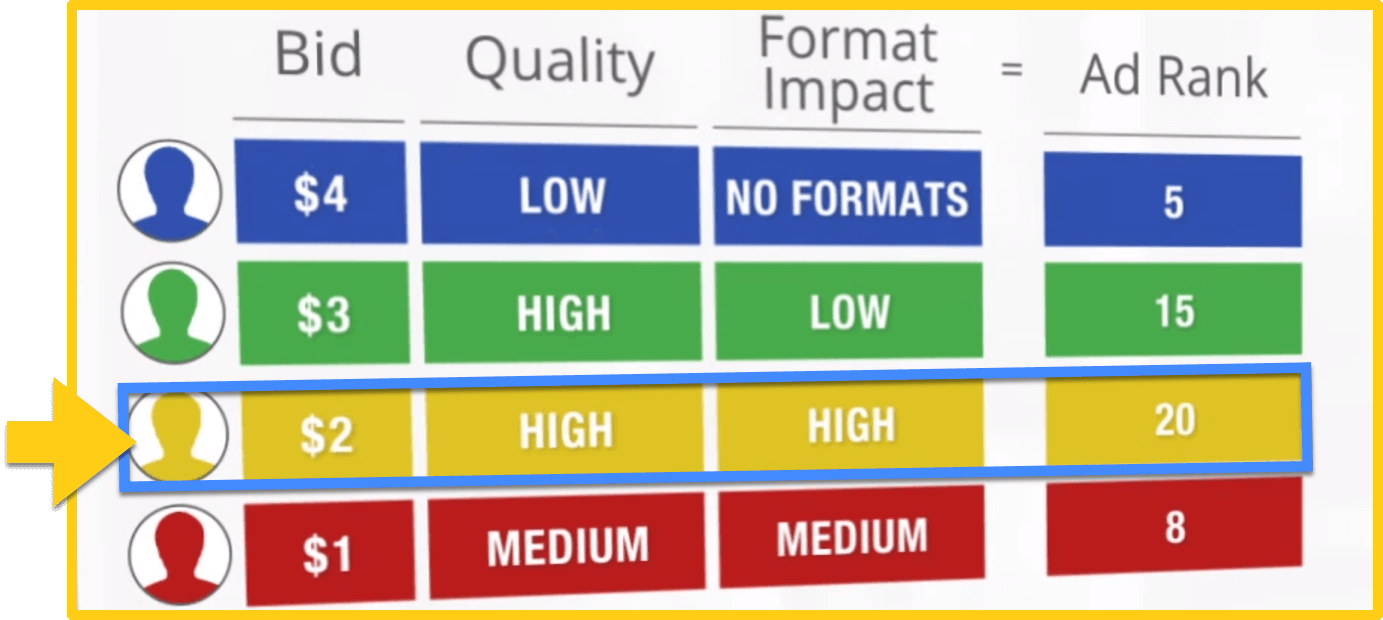
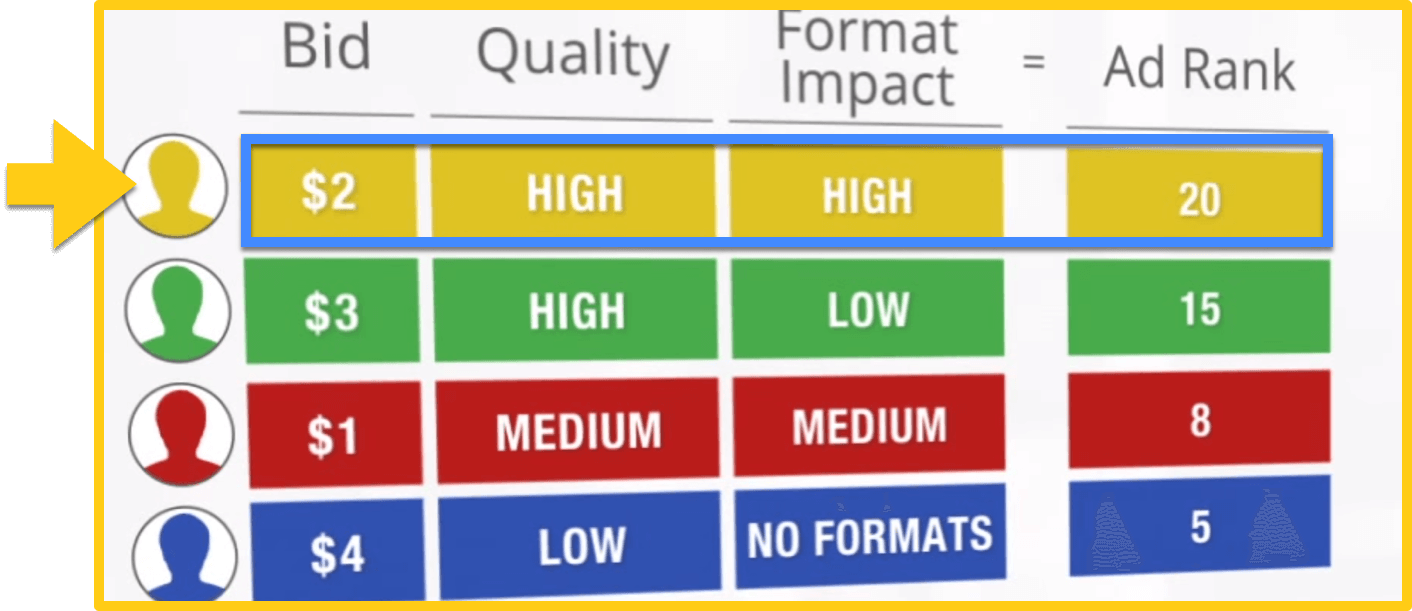

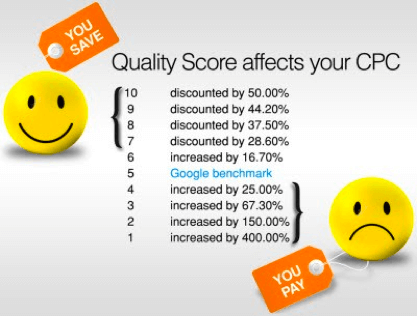
 What happens if our quality score tanks all the way to a 3?
What happens if our quality score tanks all the way to a 3? Believe or not, you can still be more profitable discouraging wasted clicks.
Believe or not, you can still be more profitable discouraging wasted clicks.
 If including the price in our text only reduces wasted clicks by 20%, then Ad #1 is more efficient.
If including the price in our text only reduces wasted clicks by 20%, then Ad #1 is more efficient.
